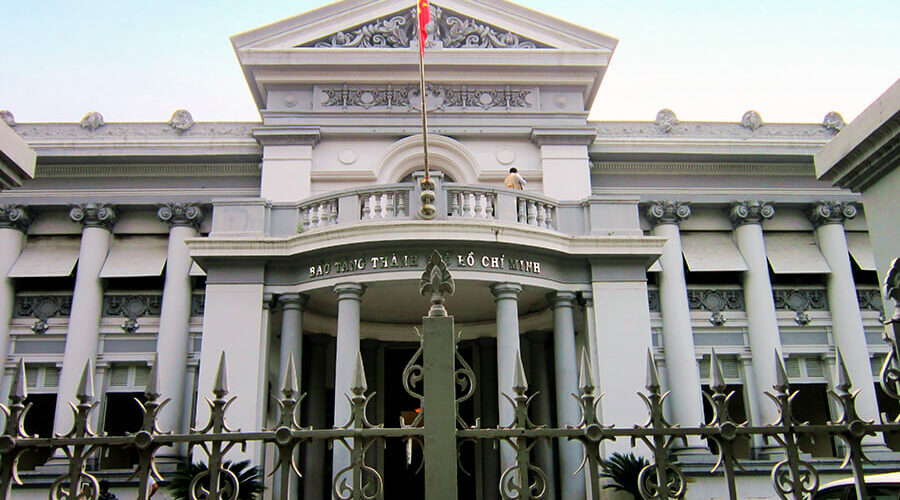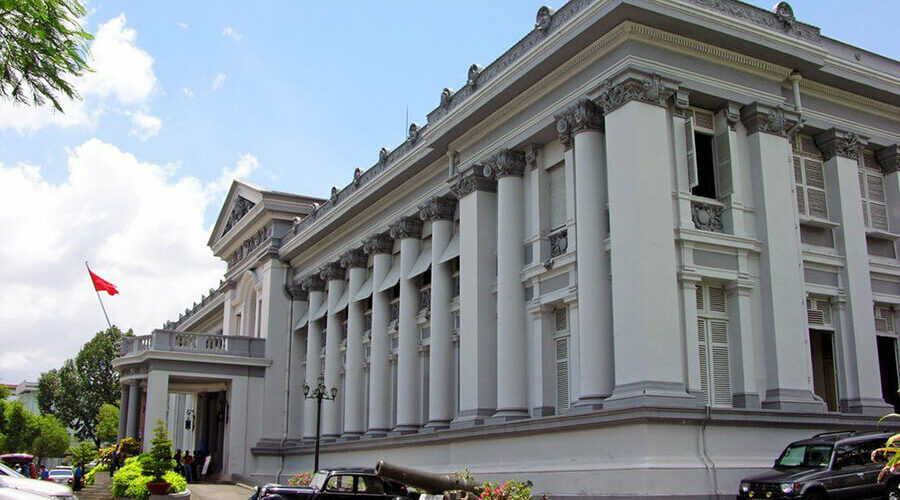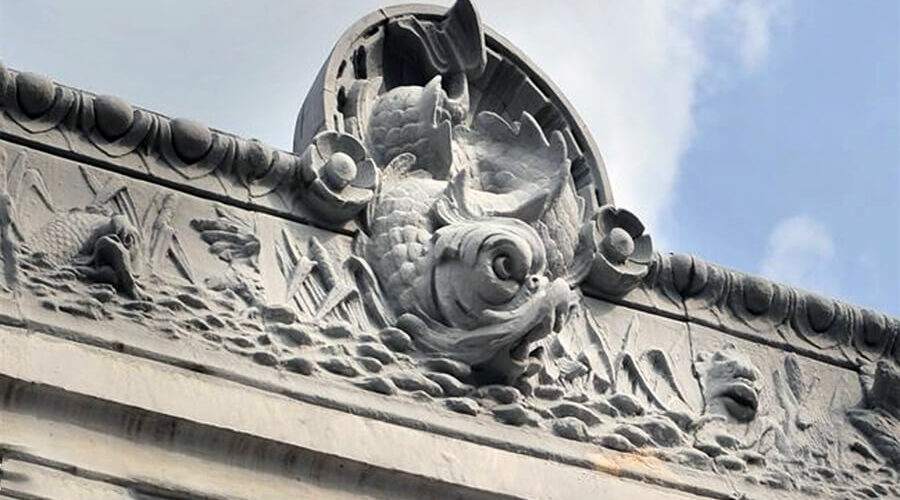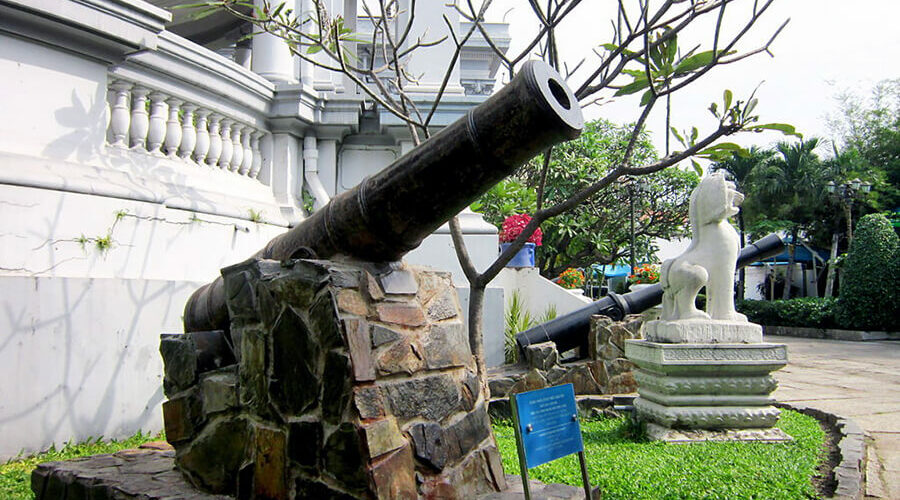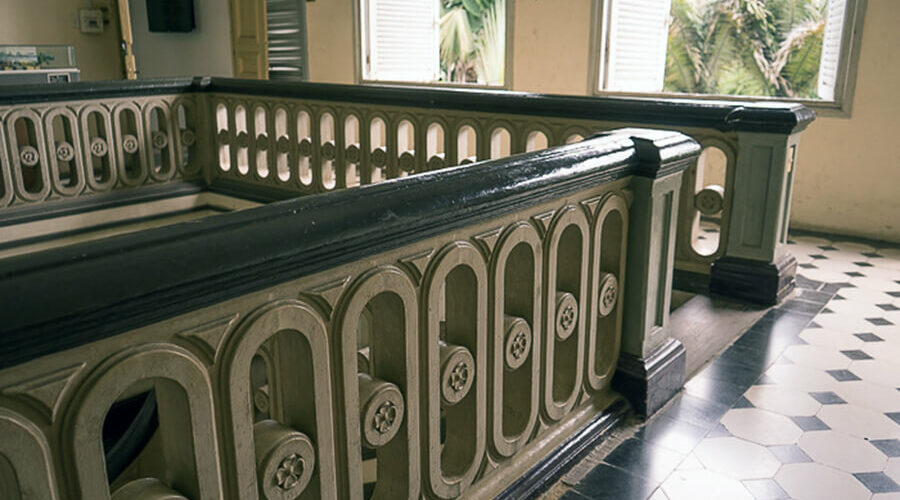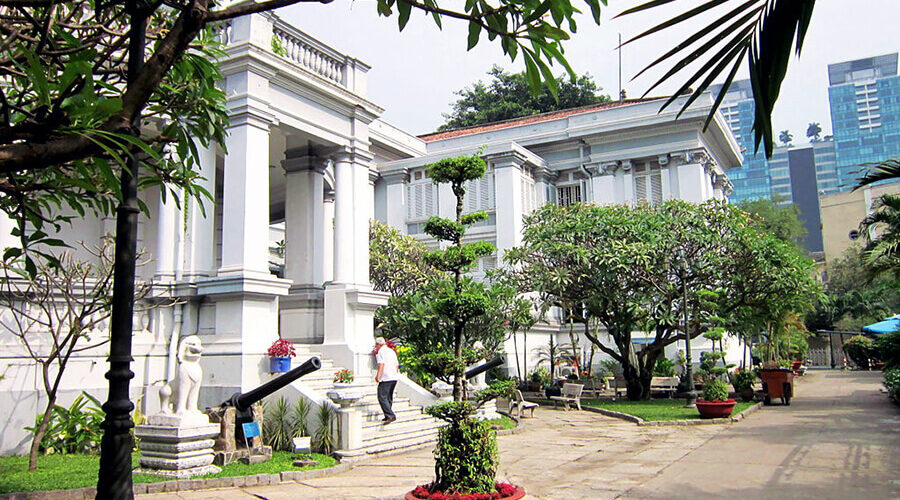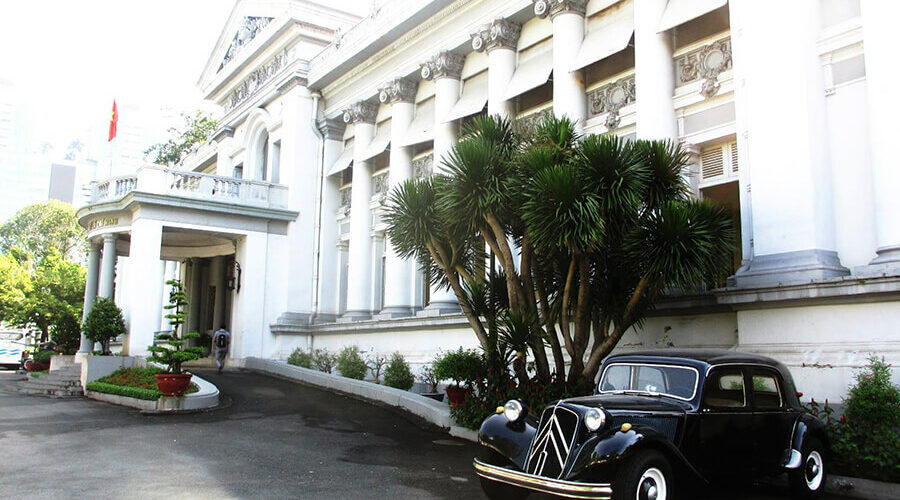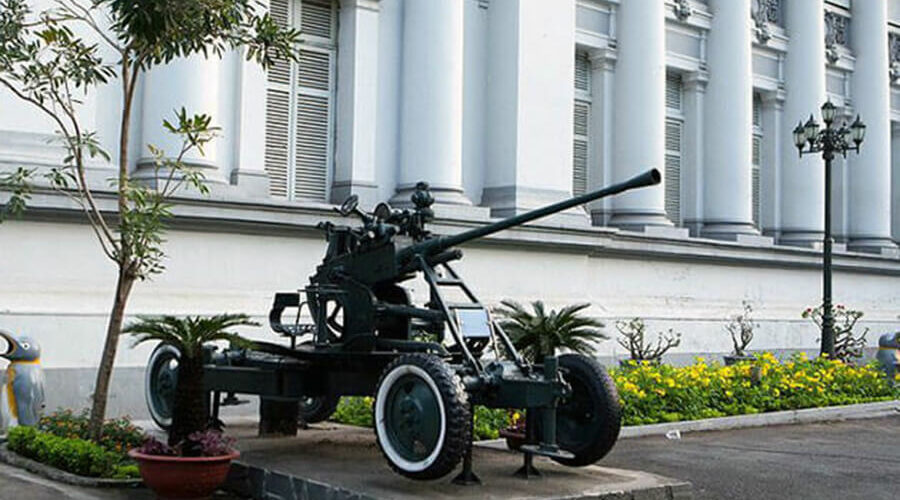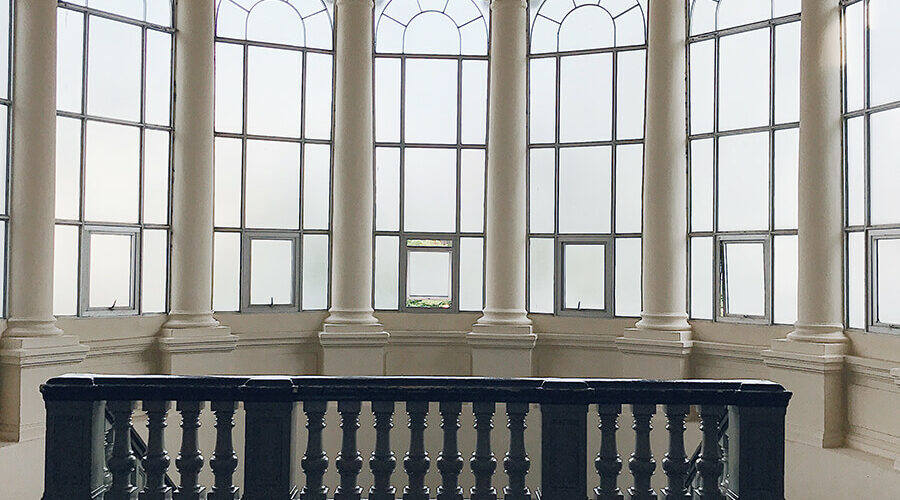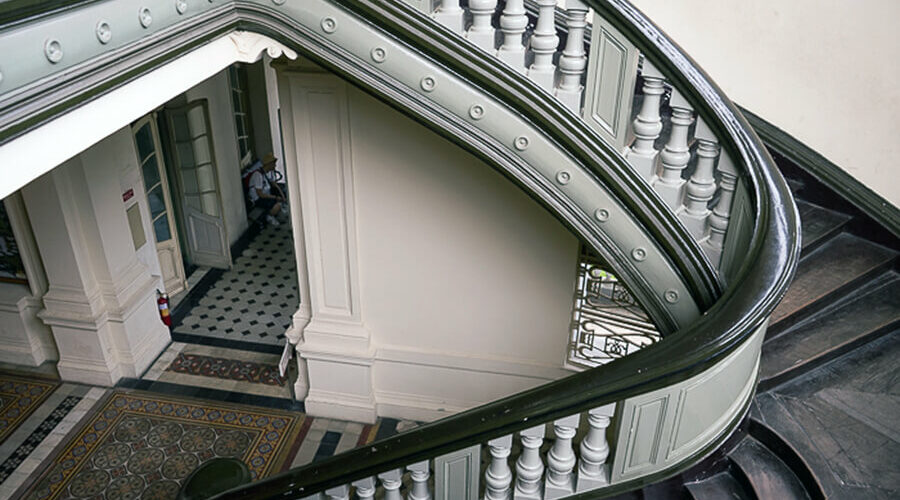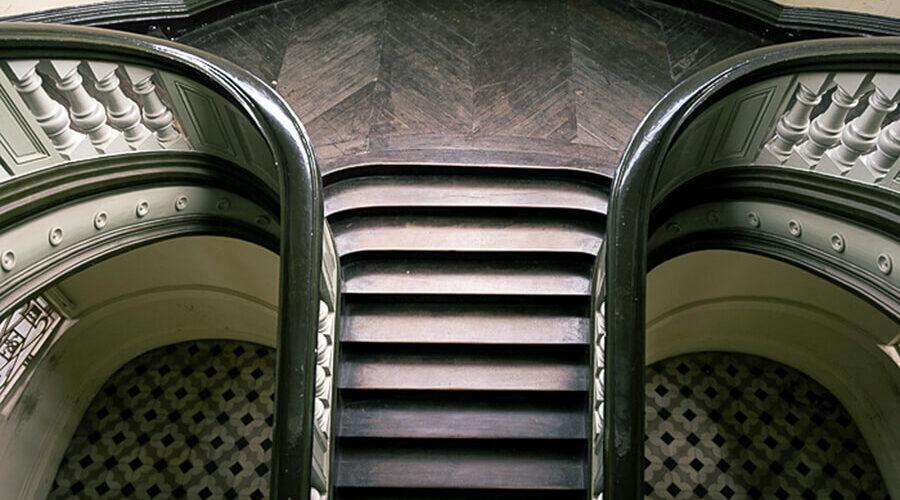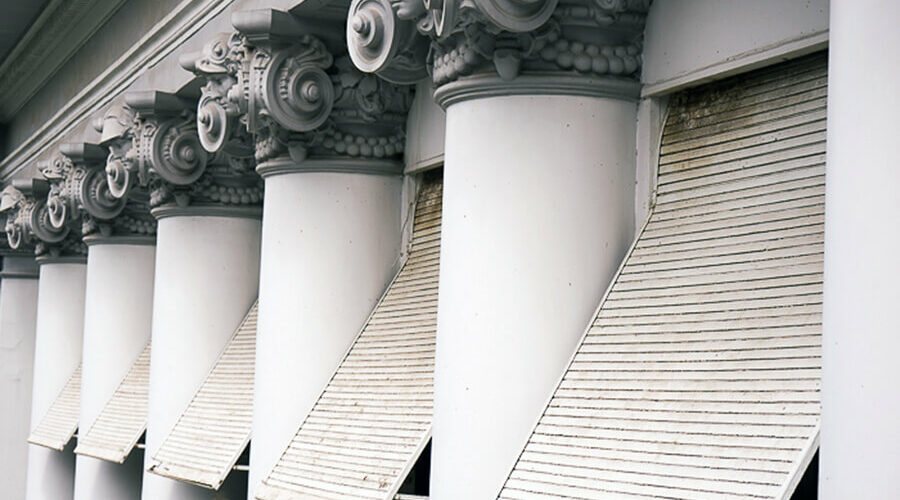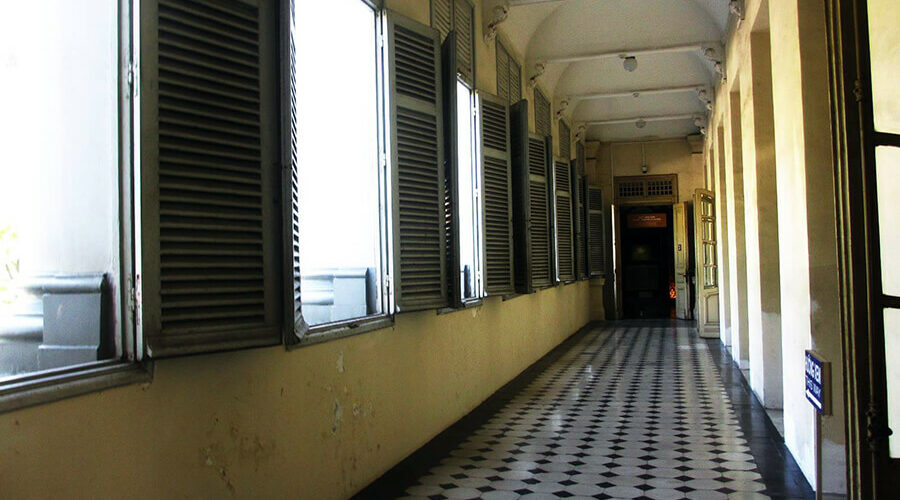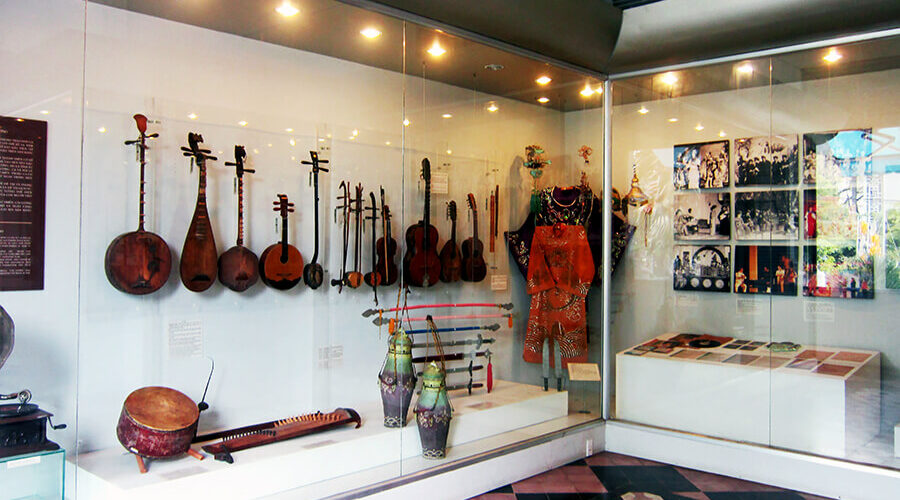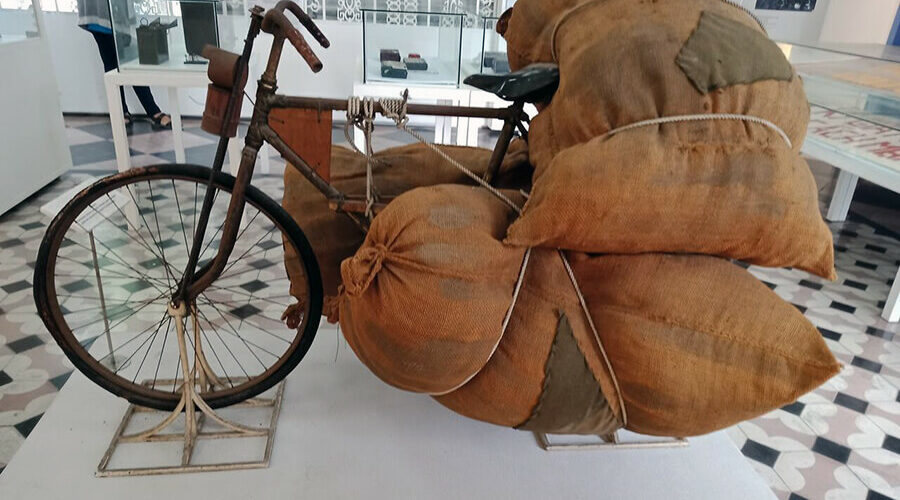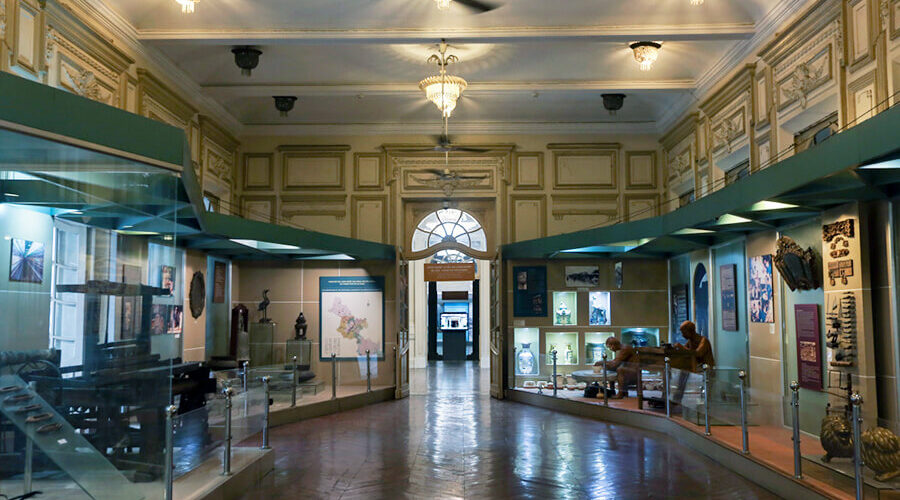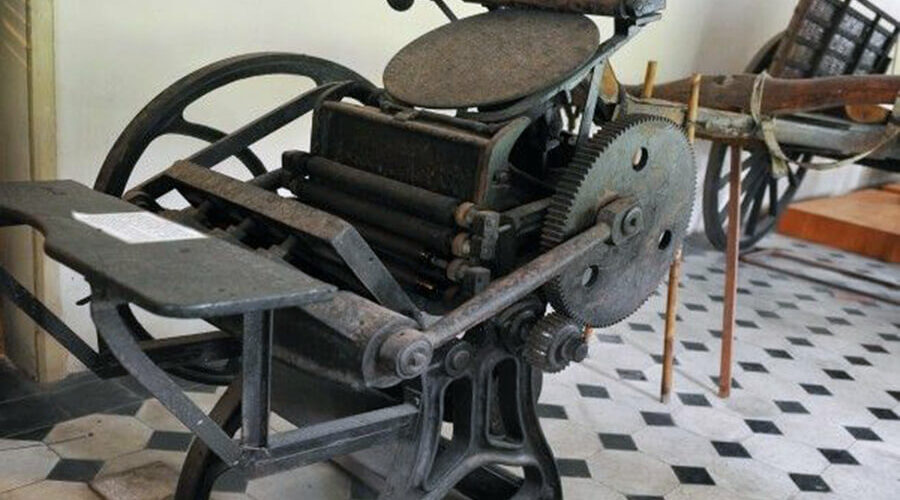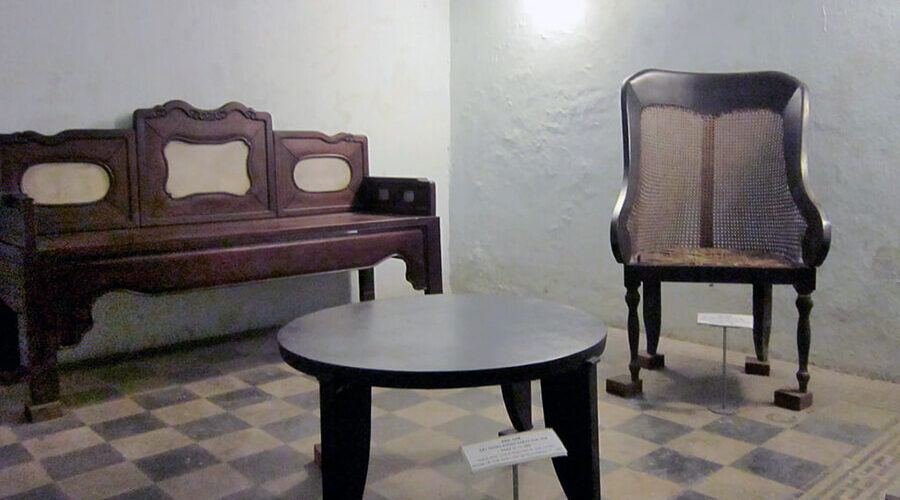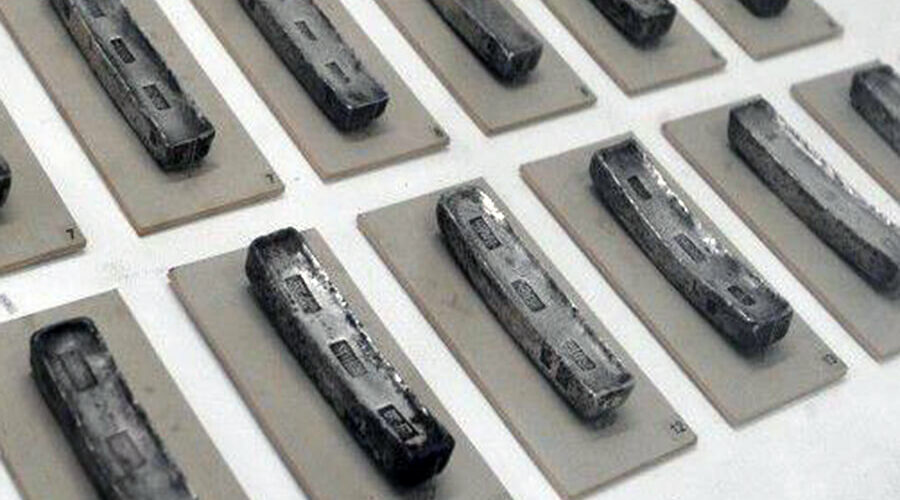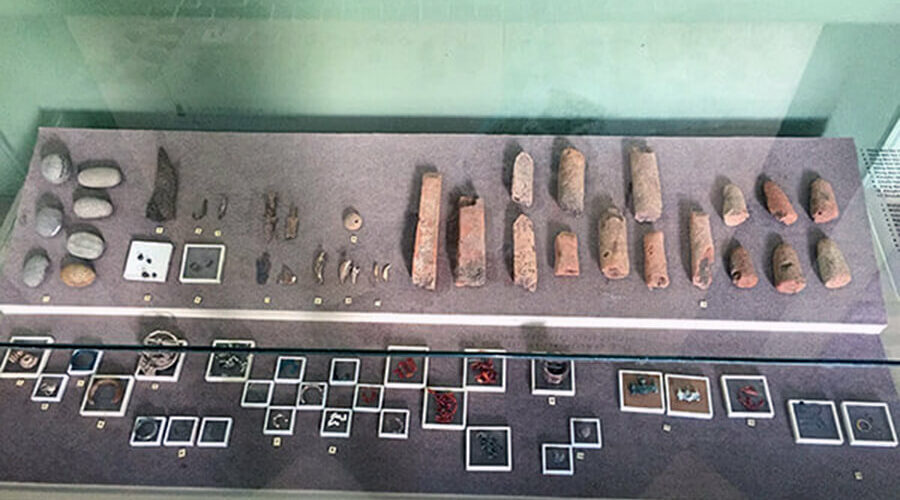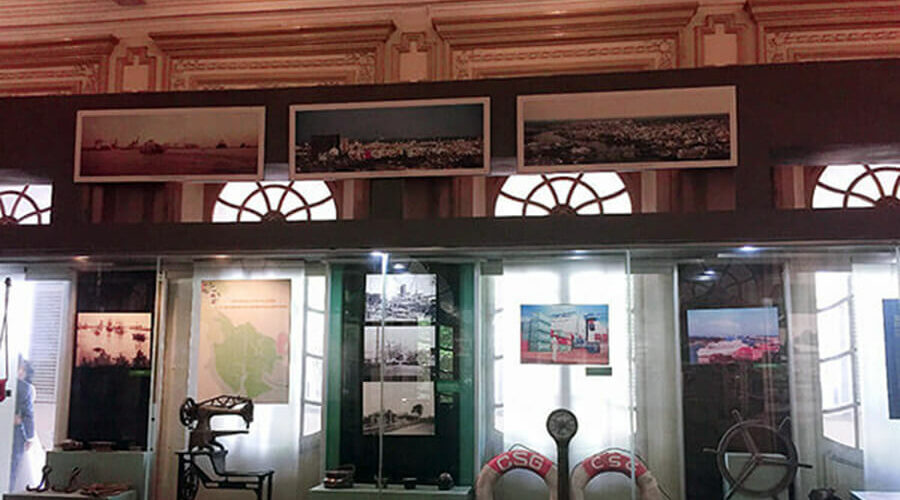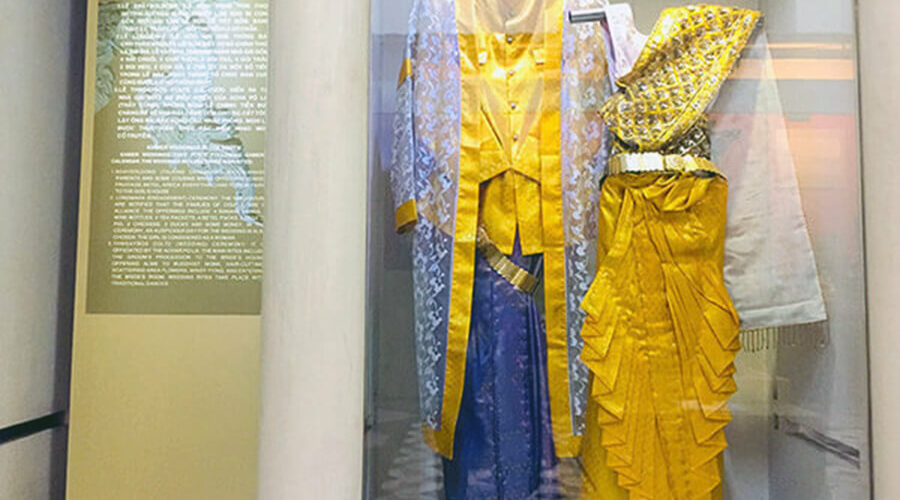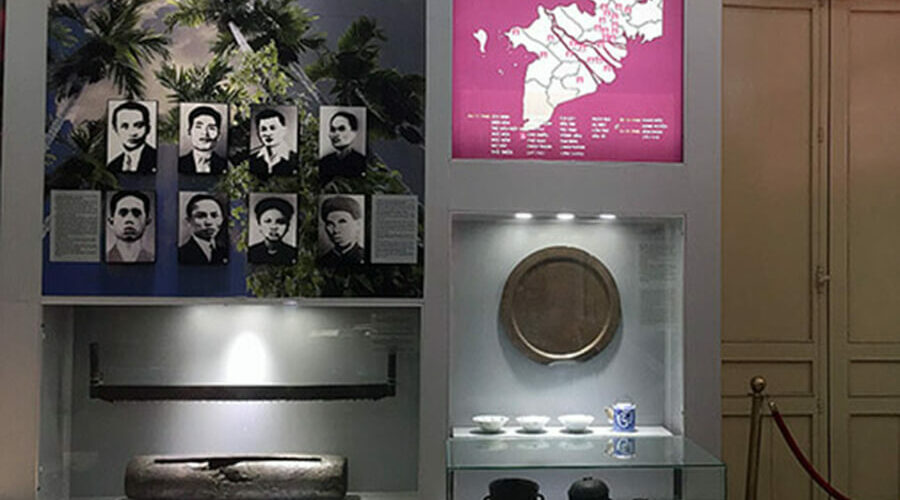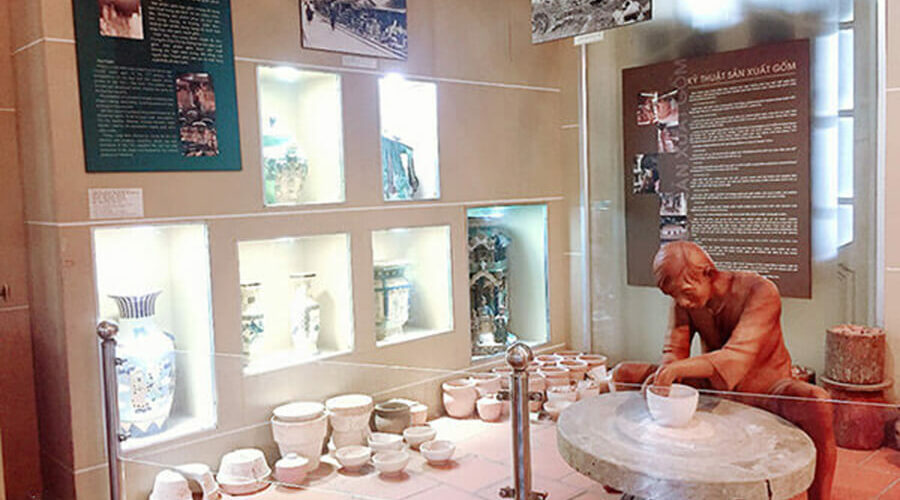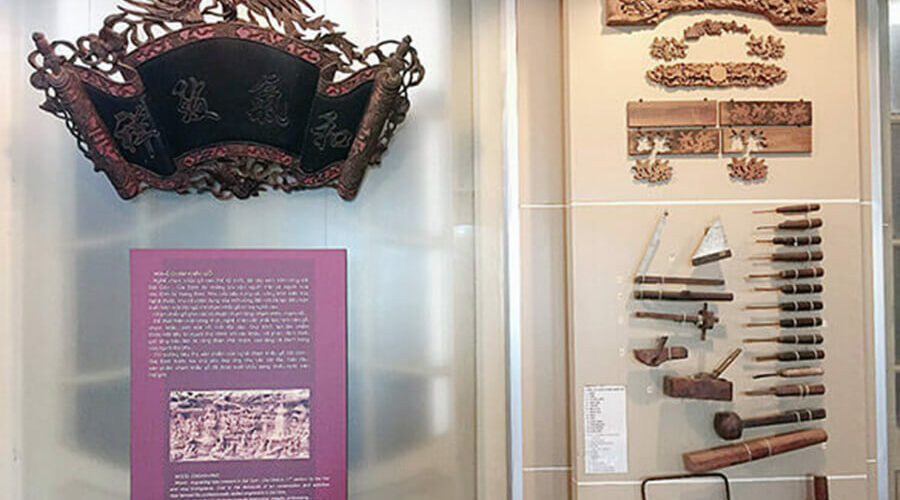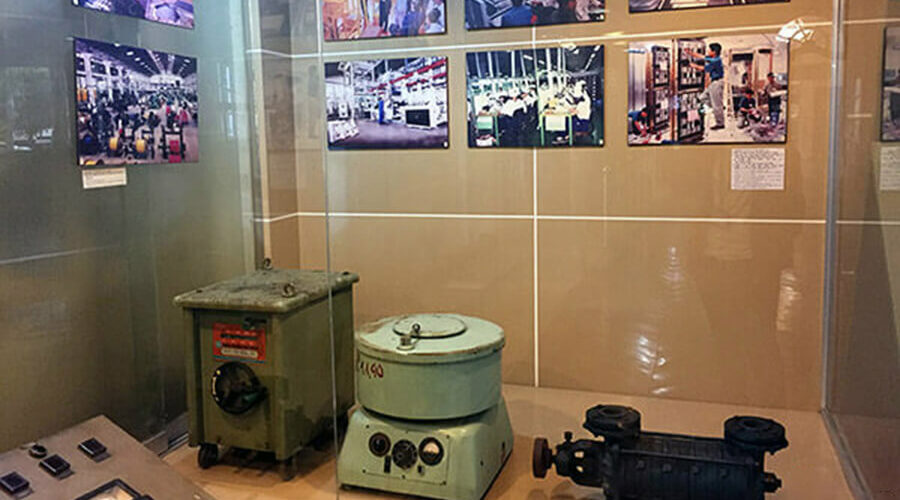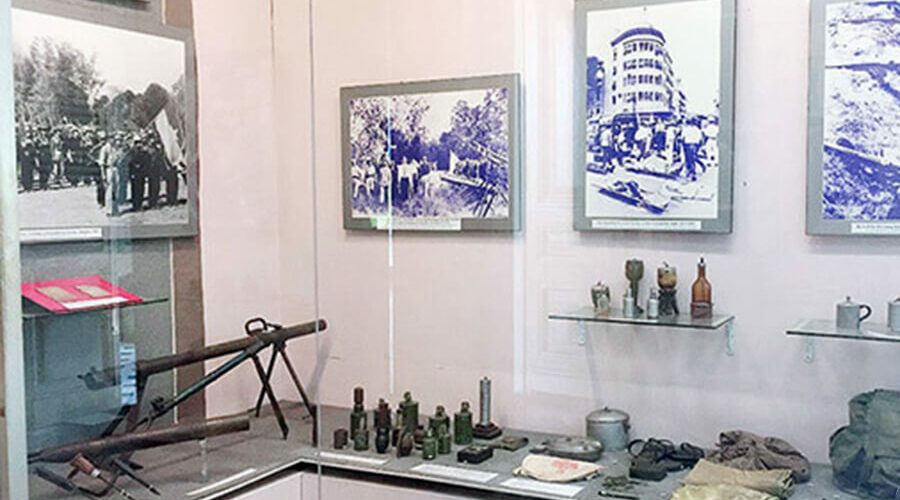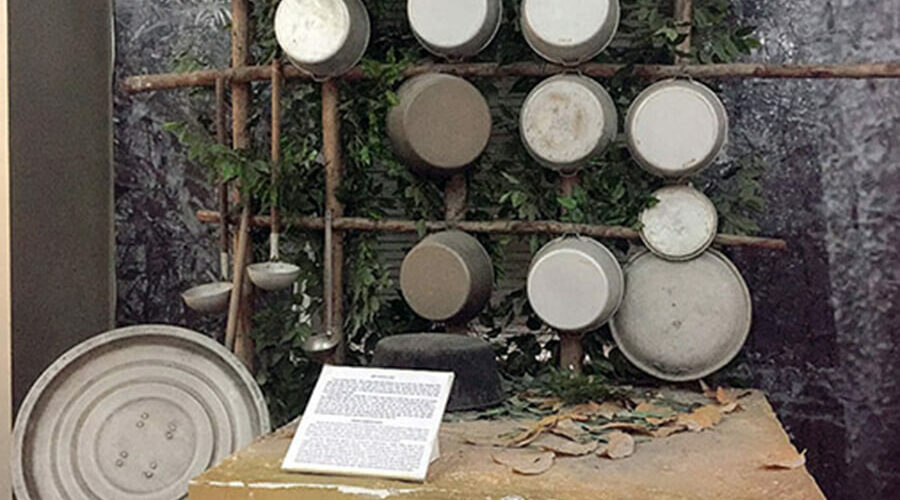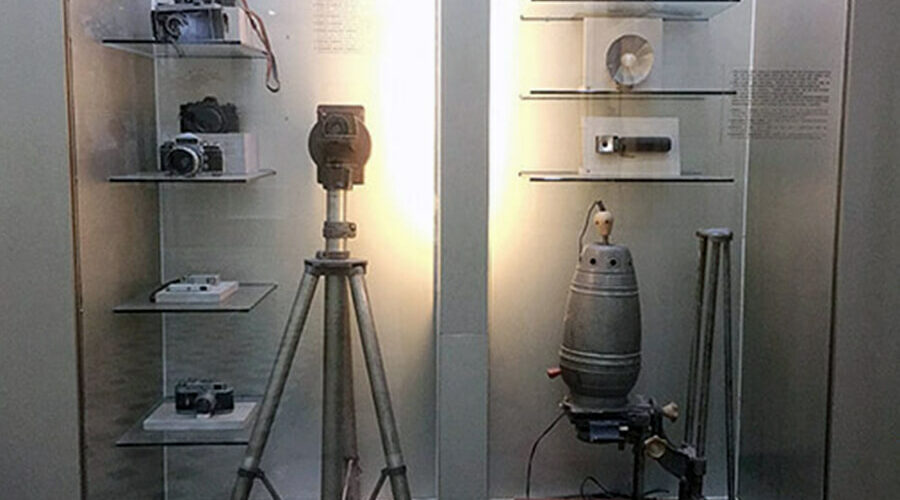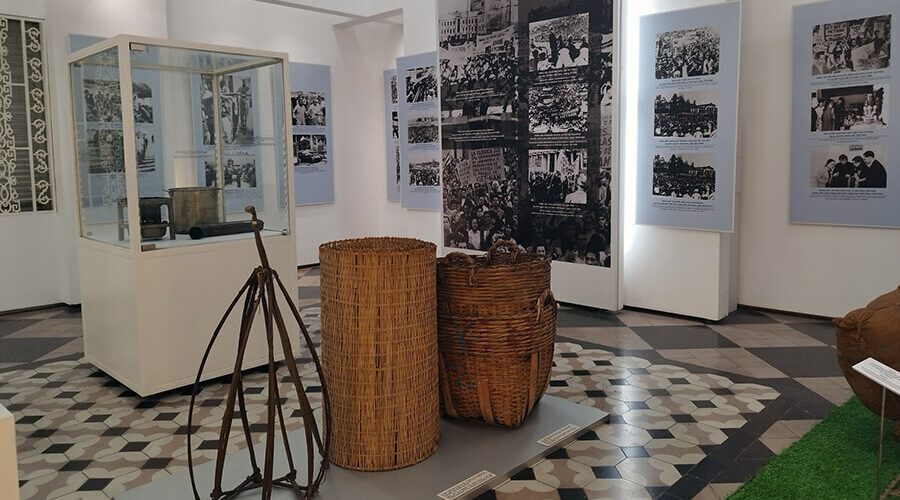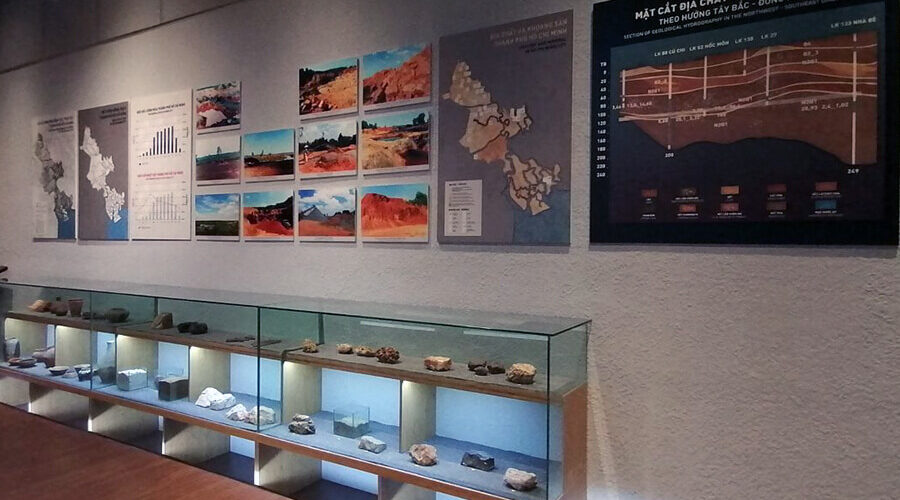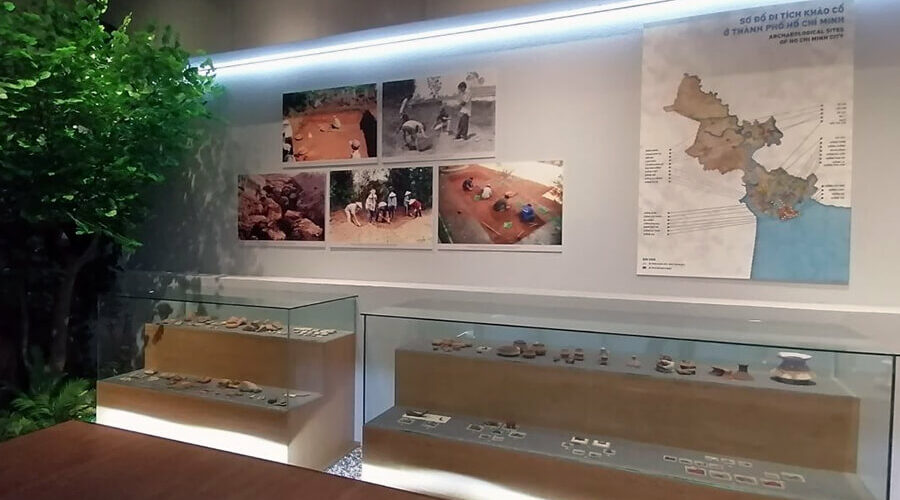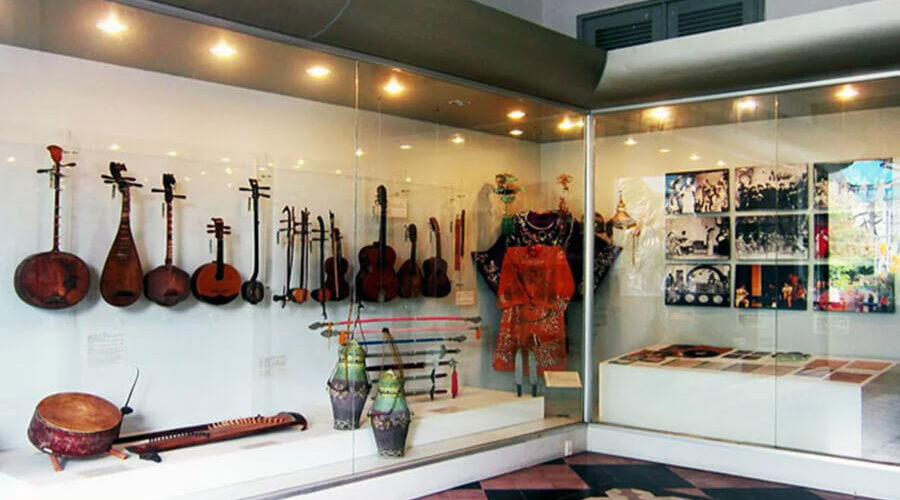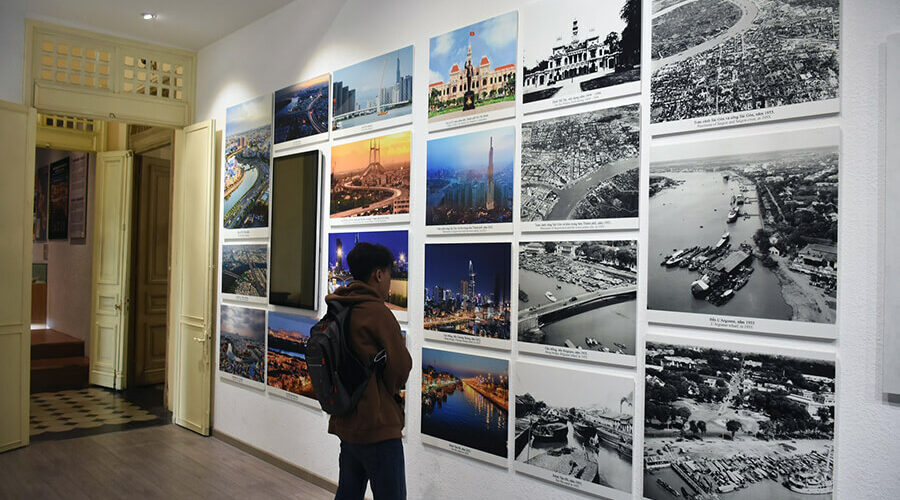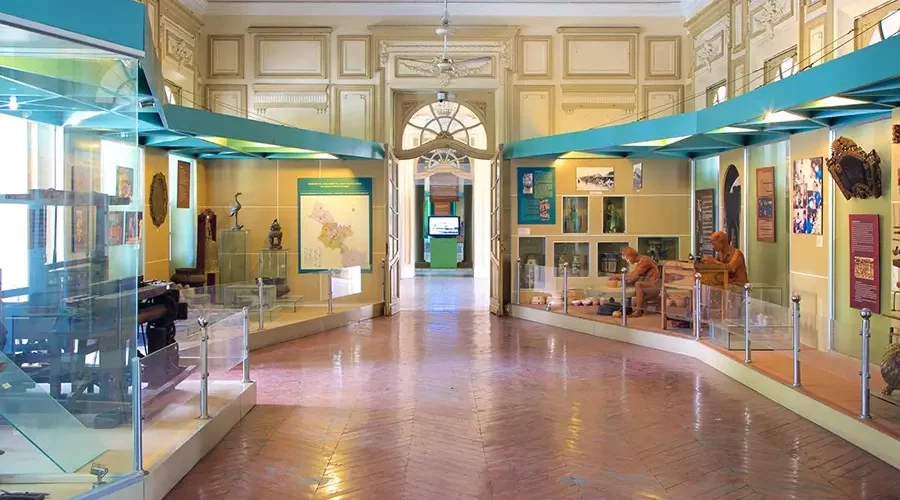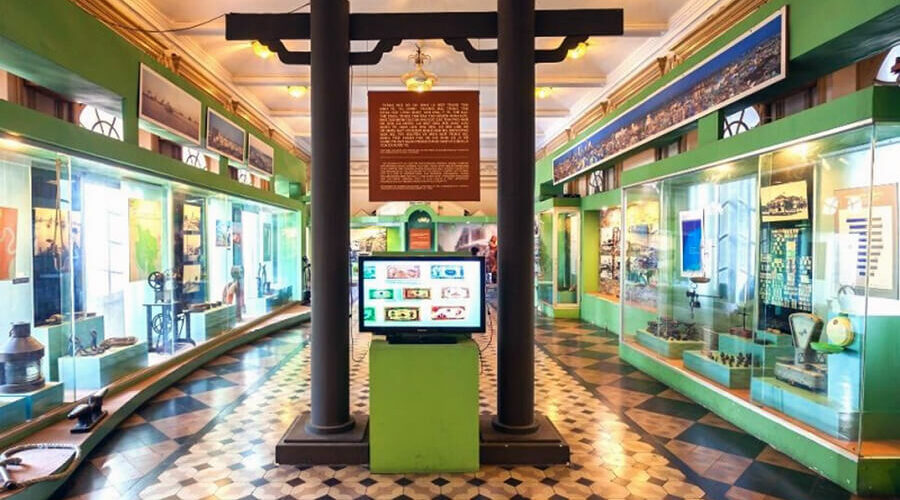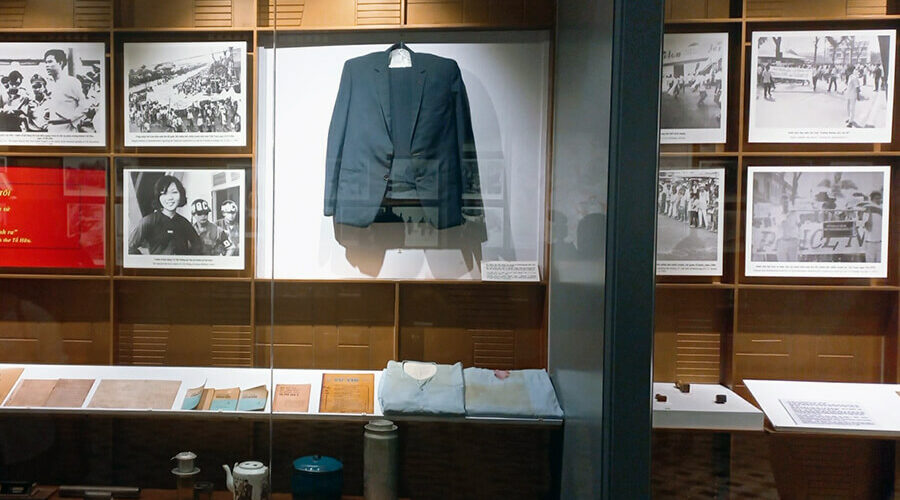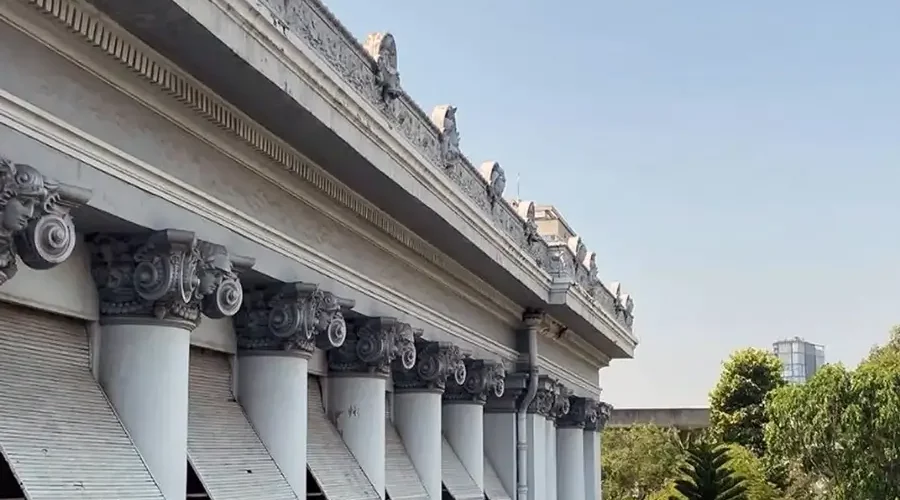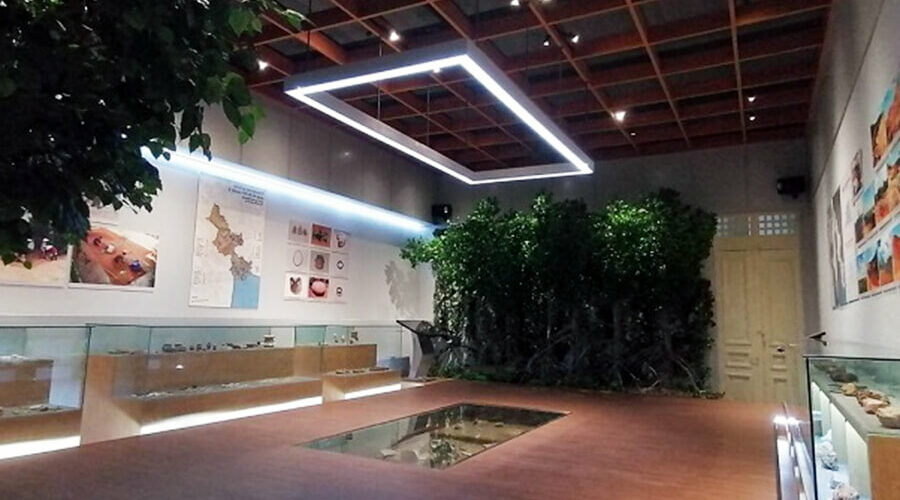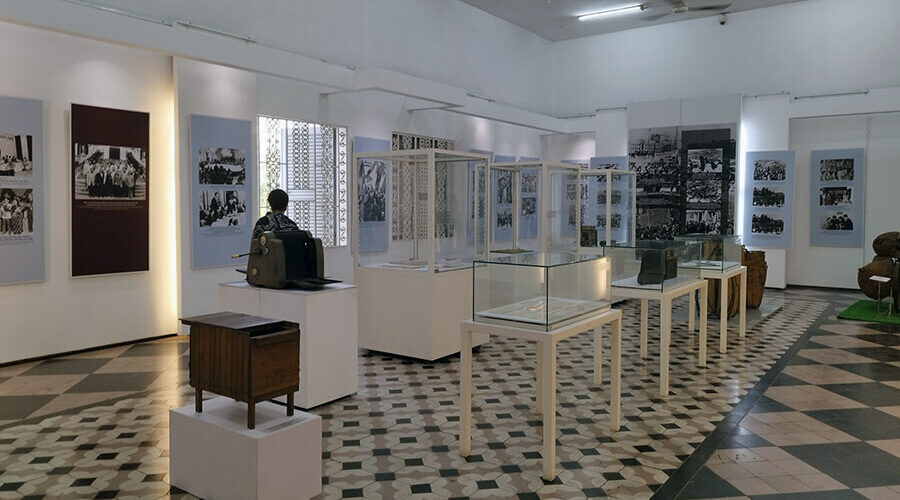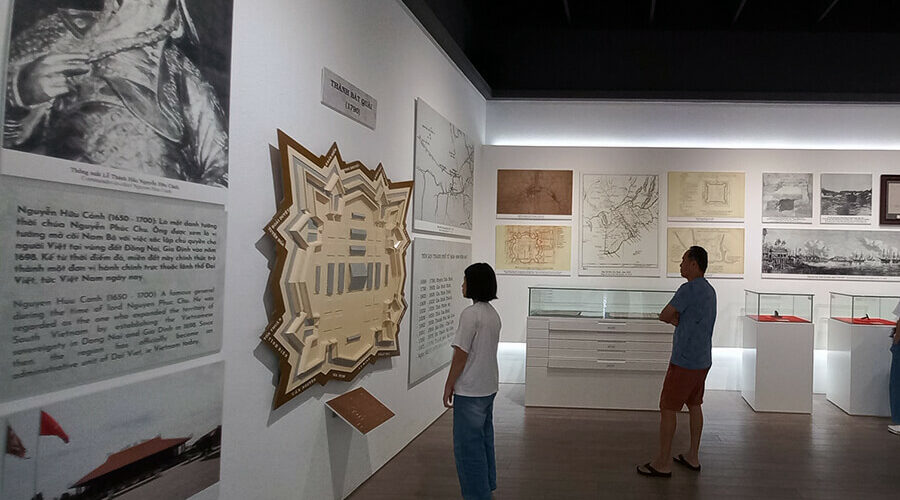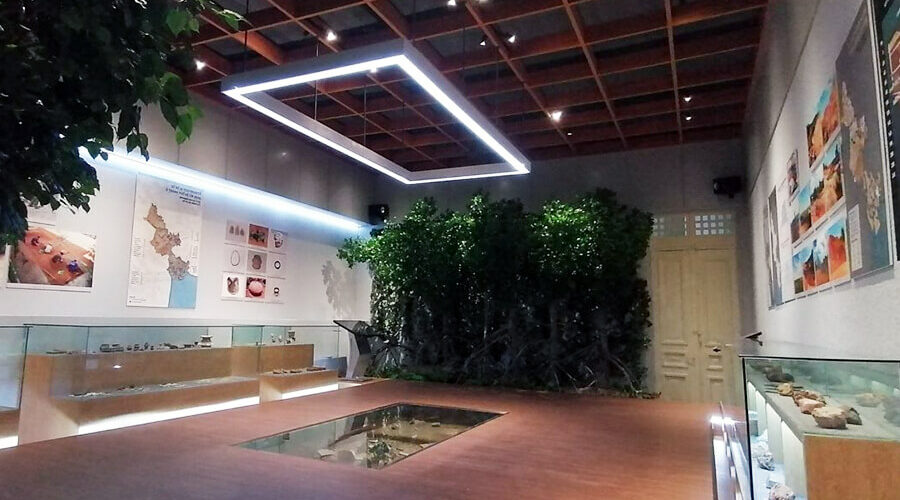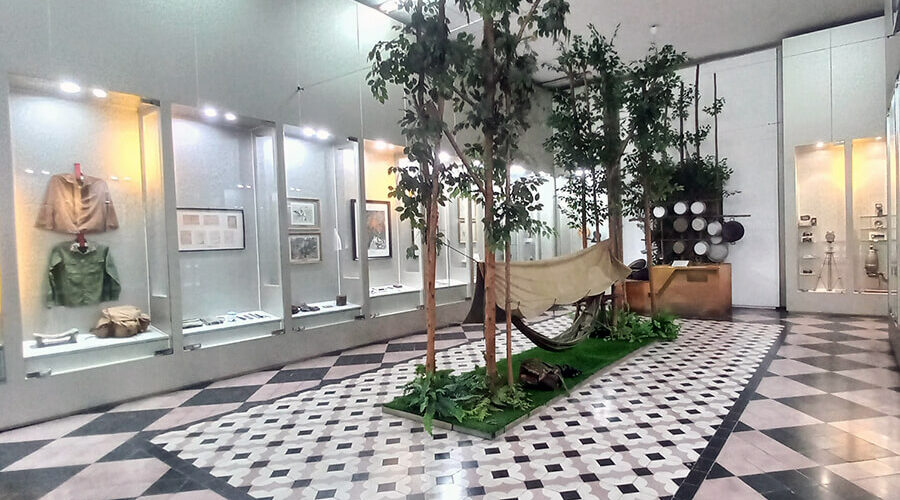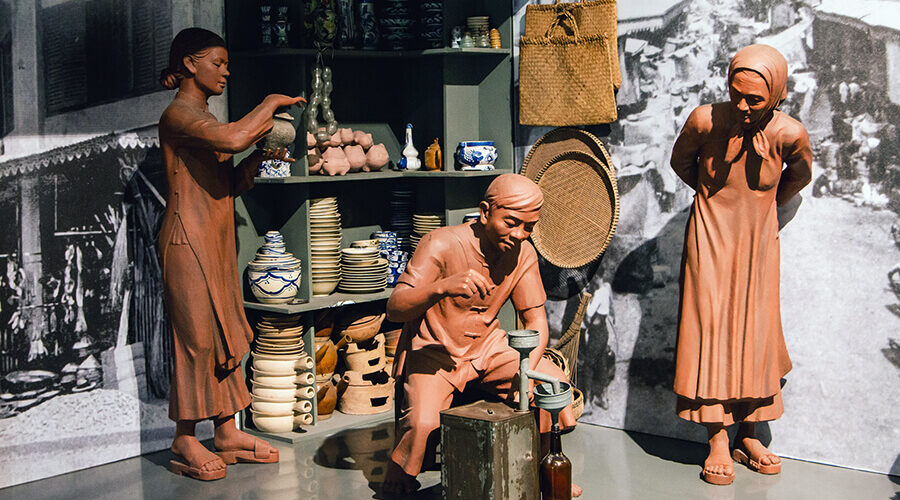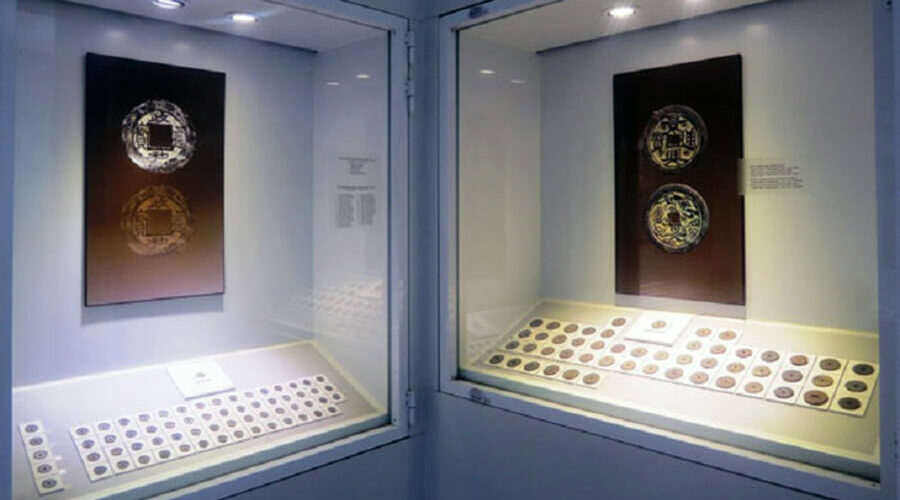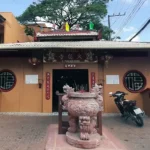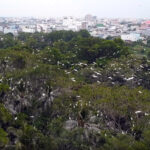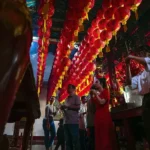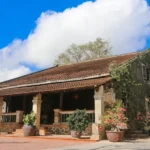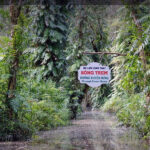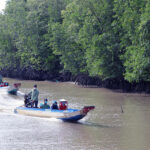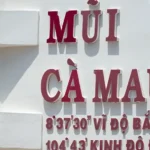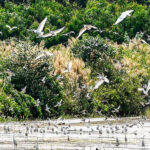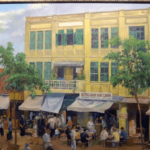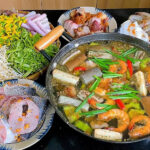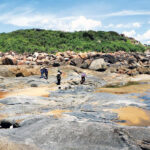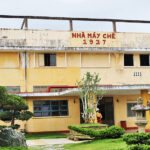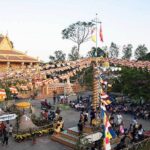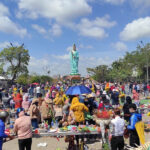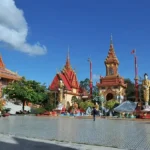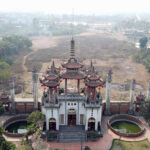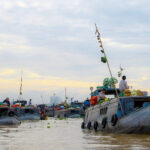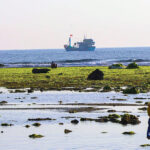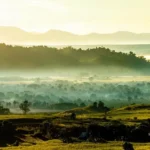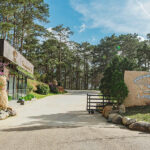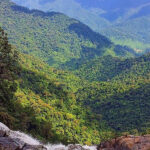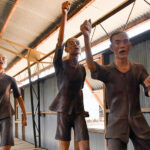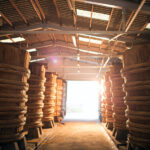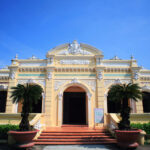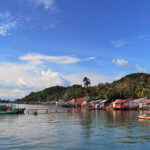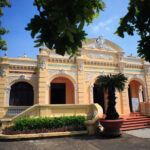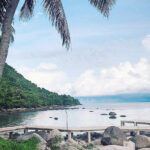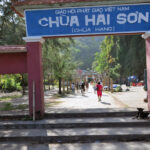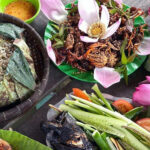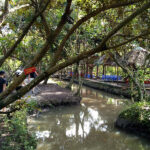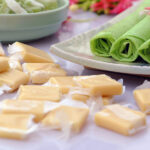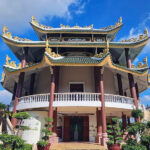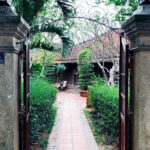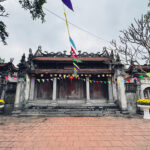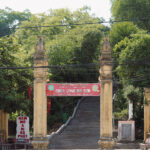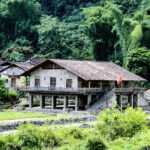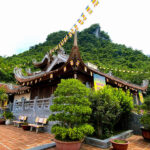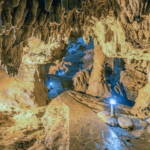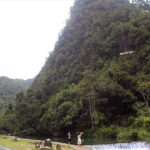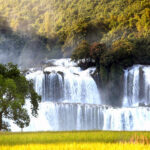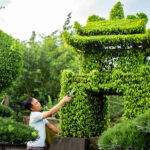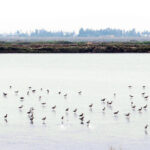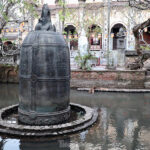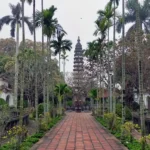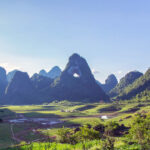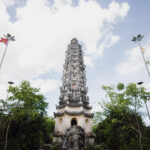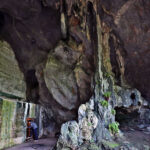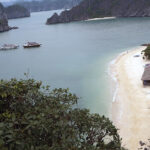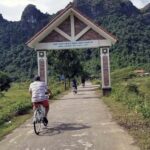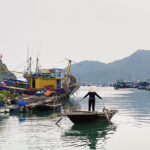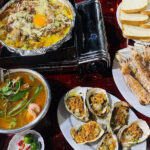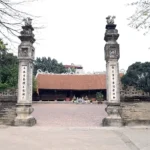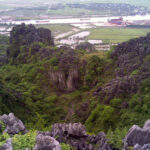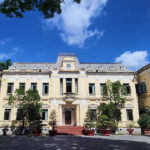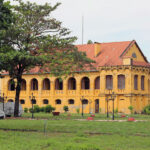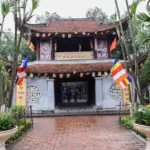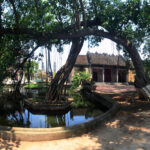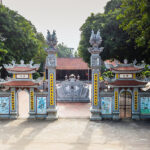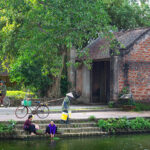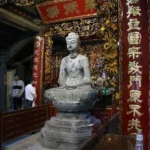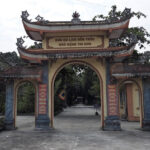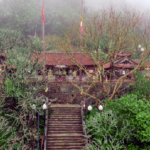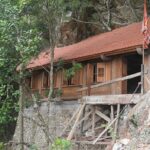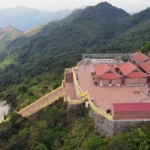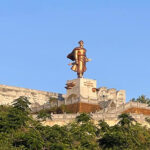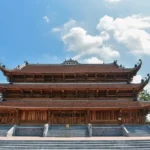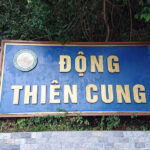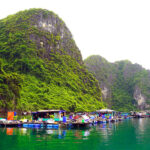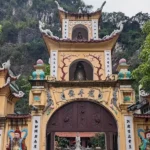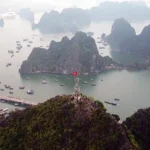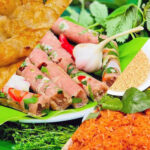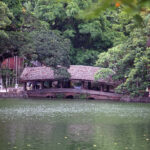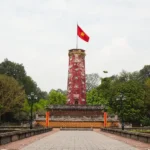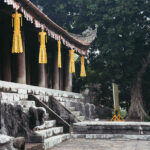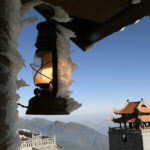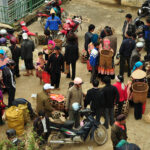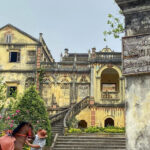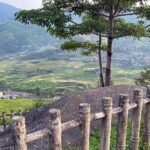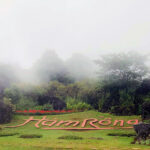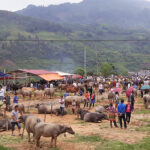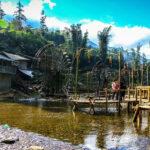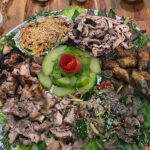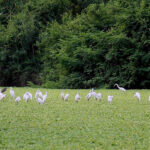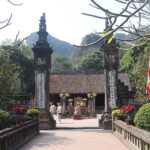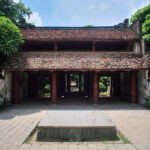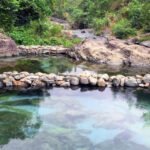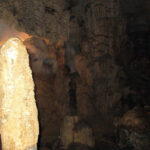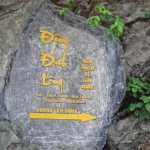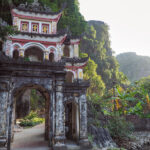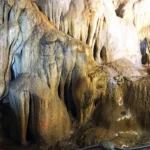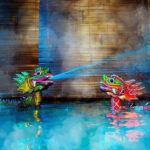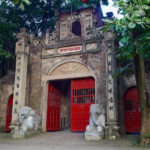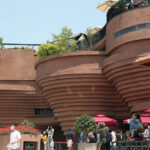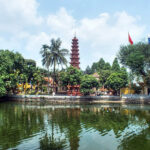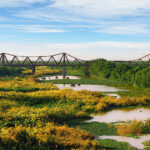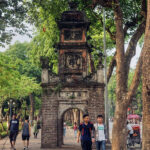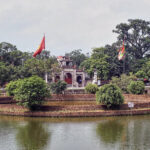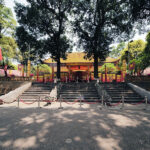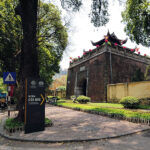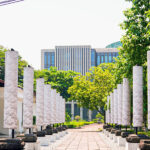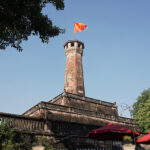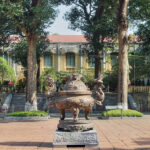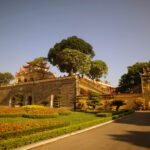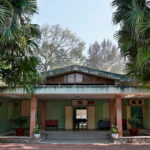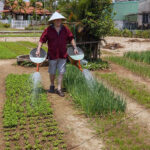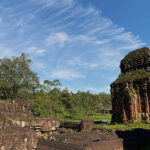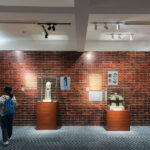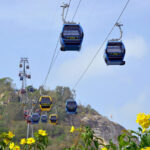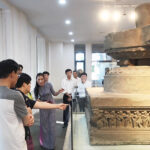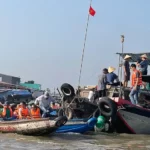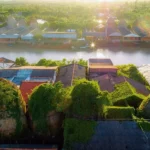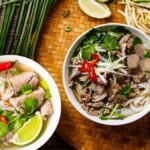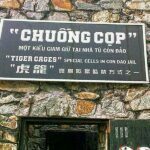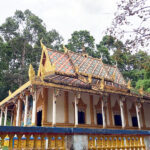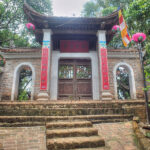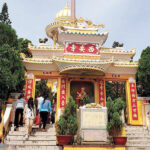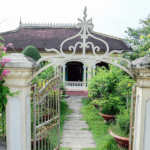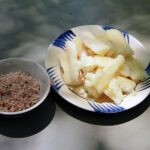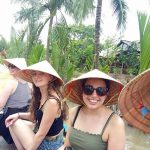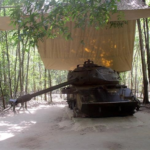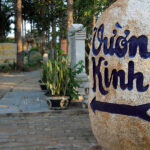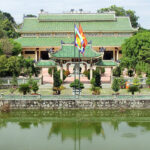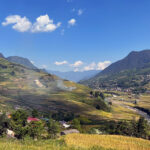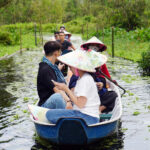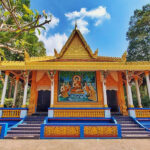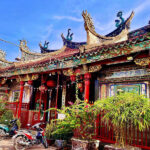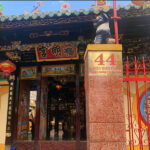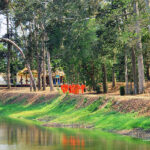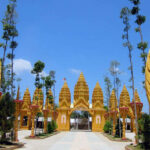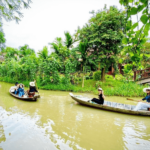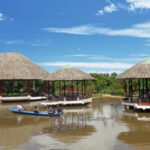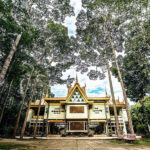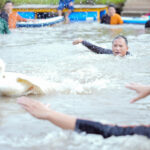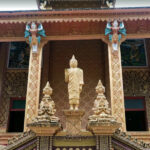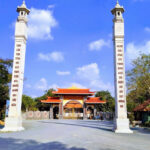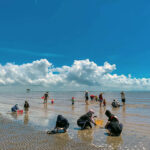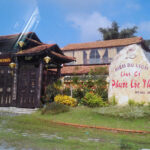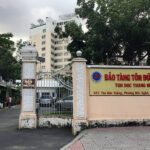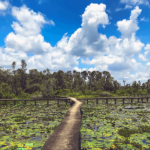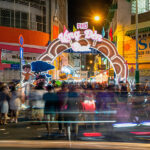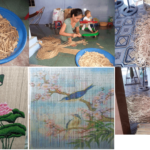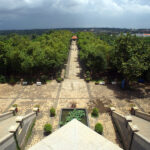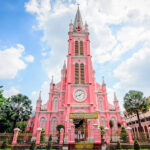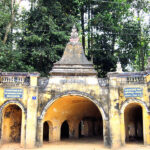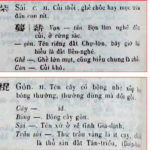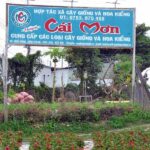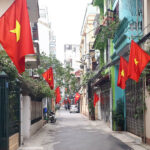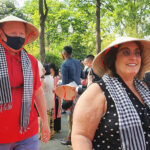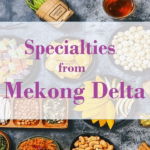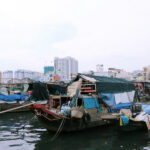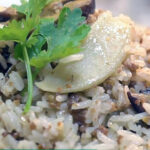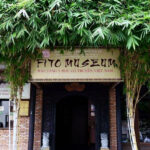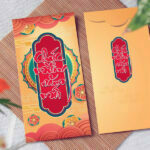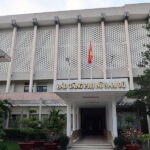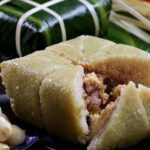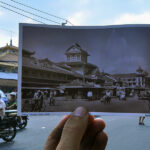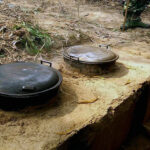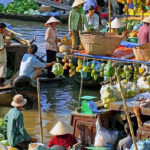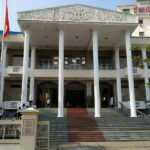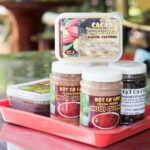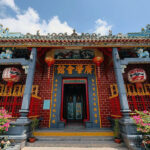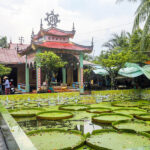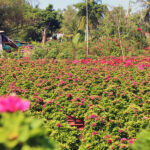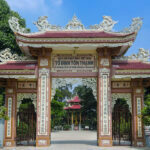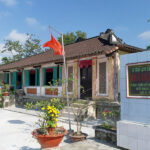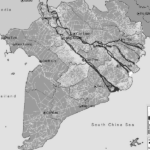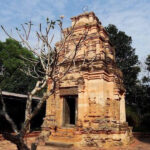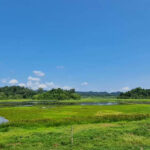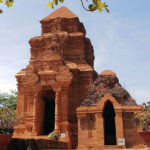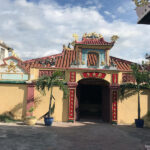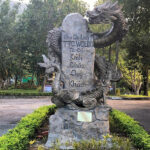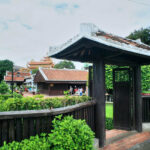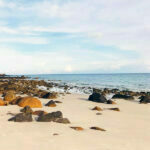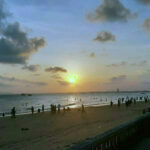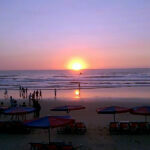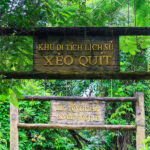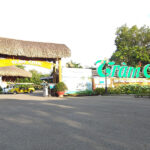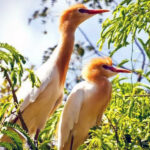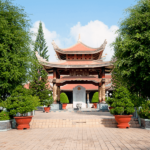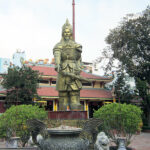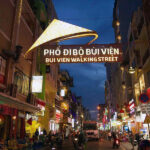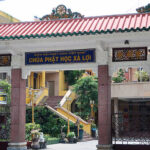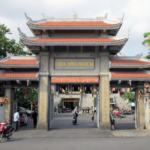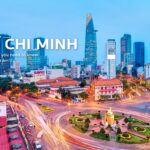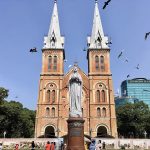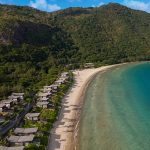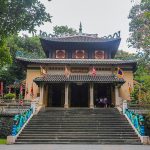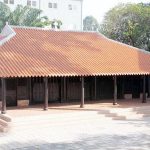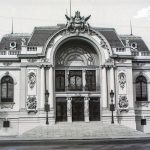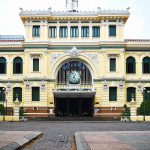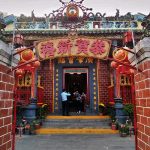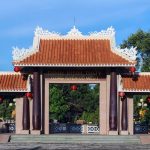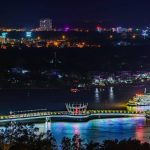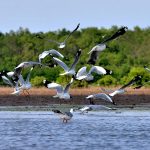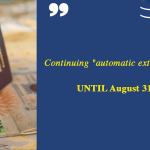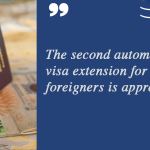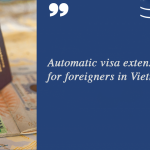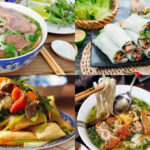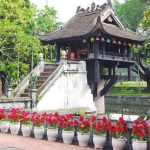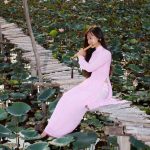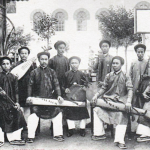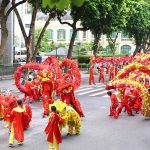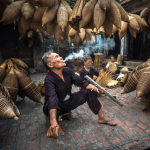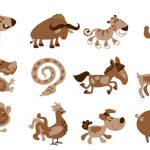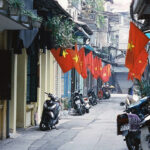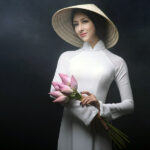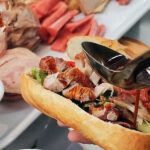The Museum of Ho Chi Minh City, also know as Gia Long Palace, is a historical site and museum in the city. The museum used to be the Palace of Governor of Cochina and then the office of the imperial delegate of the King. It is not only a work of high historical and architectural value but also provides opportunities for people to learn about history of the city.
Table of Contents
History of the museum
The museum was designed by the French architect – Alfred Foulhoux. Construction of the building began in 1885 and was completed in 1890. The original purpose of the building was the Commercial Trade Museum displaying domestic products. However, the building became the residence of the Governor of Cochinchina – Henri Éloi Danel (1850 – 1898).
In 1945, the building changed owners five times. In March 1945, Japan toppled France, Governor Yoshio Minoda (Japanese) occupied this palace.
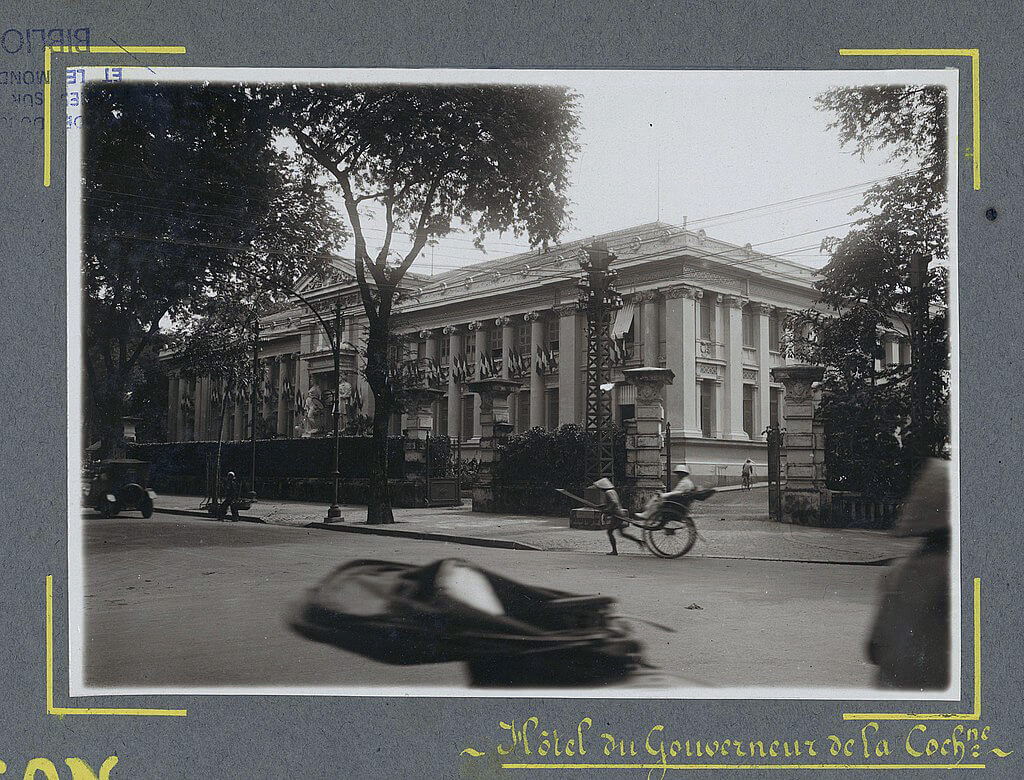
Four months later, the Japanese handed over this palace to the Empire of Vietnam. And then the palace used as the residence of Lieutenant General Nguyễn Văn Sâm.
On August 25, 1945, the revolutionary forces arrested Nguyen Van Sam. After that, the building became the headquarters of the Provisional Administrative Committee of the South, later renamed the People’s Committee of the South.
On September 10, 1945, Lieutenant Colonel B. W Roe (British military mission) occupied the palace and made it the Allied Mission headquarters.
From May 23, 1947, after retaking Saigon, the French assigned this palace as the headquarters of the autonomous Cochinchina government and then transferred it to Trần Văn Hữu as the Governor’s Palace (later changed to Premier) from June 2, 1948.
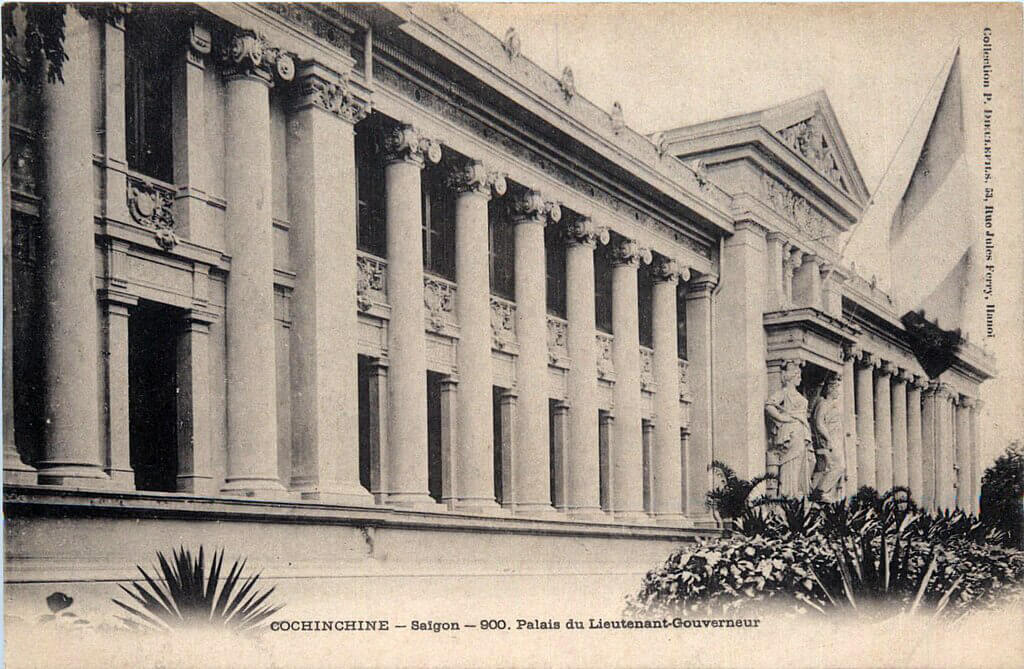
After Geneva accords (from June 26 to September 7, 1954), Prime Minister Ngo Dinh Diem used as the temporary official residence. Bao Dai renamed the palace to Gia Long Palace. On February 27, 1962, the Independence Palace was bombed, and Ngo Dinh Diem moved the presidential palace here. Twenty months later, on November 1, 1963, the Saigon army made a coup, and Ngo Dinh Diem was overthrown.
In 1966, the Independence Palace was rebuilt, this building was used as the headquarters of the Supreme Court of the Republic of Vietnam.
After April 30, 1975, the City People’s Committee decided to use this building as the Ho Chi Minh Revolutionary Museum. On December 13, 1999, it was renamed to its current name.
Impressive architecture of Ho Chi Minh City Museum
Architect Alfred Foulhoux gave the project a Gothic architecture, but the roof has an Asian style. The general shape of the building was made up of large and small pillars on the facade reminiscent of the Louvre museum in Paris with two rows of pillars blocking both sides of the entrance gate, but later this gate was replaced by an awning in 1943.
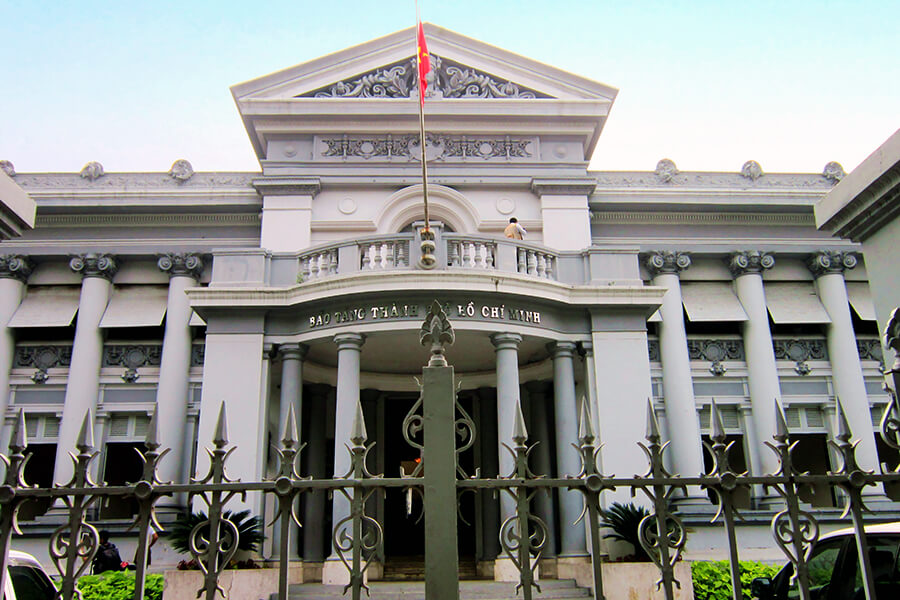
The bust in the middle of the triangular façade, representing the French Republic with a serious look with a frowning mask (possibly a Jellyfish head) and gentleness with carved patterns on each side, symbolizes charming world such as: willow branches, corolla shape, surrounding leaves, circled snakes, framed by chickens and owls (day and night) at two corners of the facade, a halo behind the statue’s head Selling yourself is like a benevolent sun.
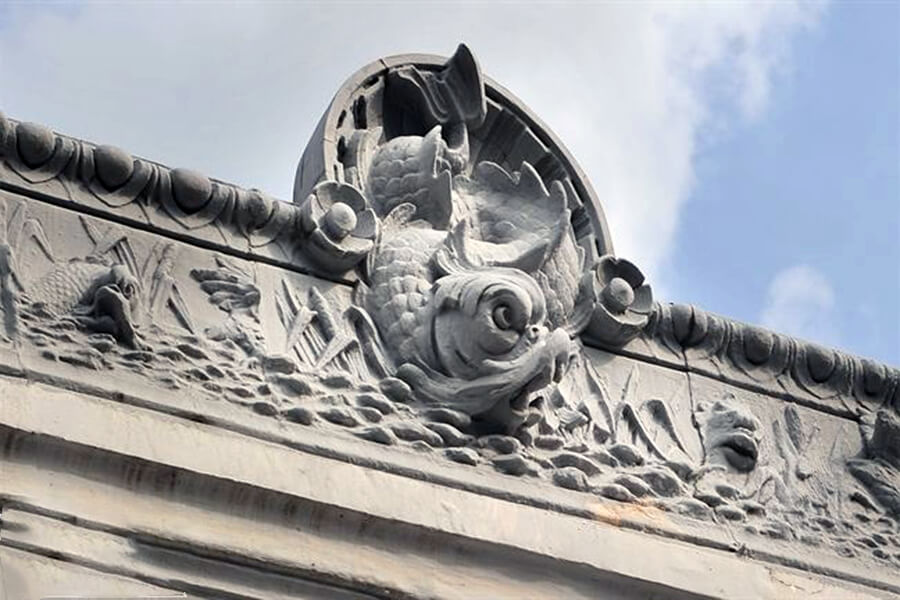
There are many other carved scenes, matching the building’s polyphonic architectural motifs. Geometric patterns (discs) representing animals and herbs highlight the background of the facade’s friezes.
A young face with bird-wing-shaped hair and a pearl necklace creates a sophisticated look for the large pillars like the ancient Persian god of Commerce Hermès – Mercure, because the original purpose of this building was the Museum of Commerce. We also see the expression of the God and the bow of the boat adorning the head of the western column – south of the museum.
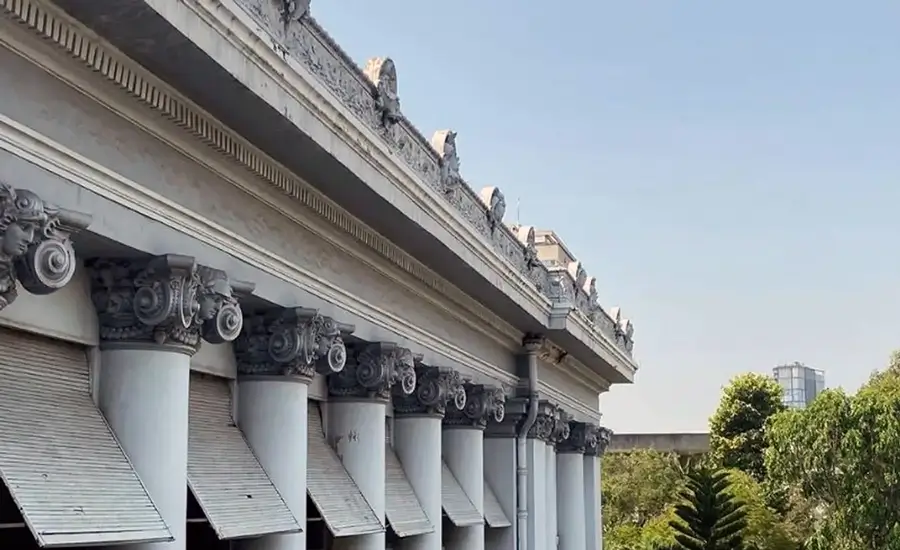
The carved details on the western-style roof along the floor represent the animals and plants of a dual landscape of lizards and wading birds that move by bending or spreading their wings. The imaginary drawings do not detract from the overall majesty, reminding us of the Mekong swamp scene.
Outstanding display sections in the Ho Chi Minh City Museum
Ho Chi Minh City Museum has 8 permanent thematic exhibition spaces. Each space is a story throughout the history of the formation and development of Ho Chi Minh City.
Ho Chi Minh City’s “Nature – Archeology”
The room displays two main contents: Nature and archeology. With 23 images, 218 artifacts, 6 maps and diagrams, an overview of the basic features of: geological structure, terrain, climate, rivers, animals, plants, and mineral resources , archaeological sites prove that this land was inhabited by humans 3,500 years ago.
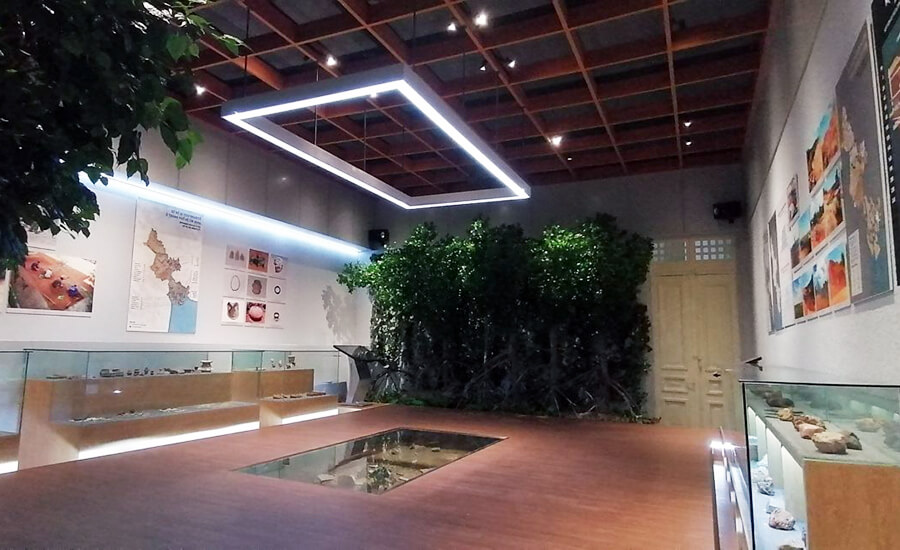
Through archaeological research results, Museum of Ho Chi Minh City displays a map introducing 31 archaeological sites and typical artifacts such as: axes, various types of bricks, stones, and jewelry such as bracelets , earrings with two animal heads, tomb in jars….. Through these artifacts, visitors can better visualize the historical picture for more than 3,000 years ago and the reclamation of hamlets by residents of Saigon – Gia Dinh continues until today.
Trade port – Trade and service of Saigon – HCMC
This gallery at the Ho Chi Minh City Museum owns more than 527 artifacts, 36 photos and 10 maps.
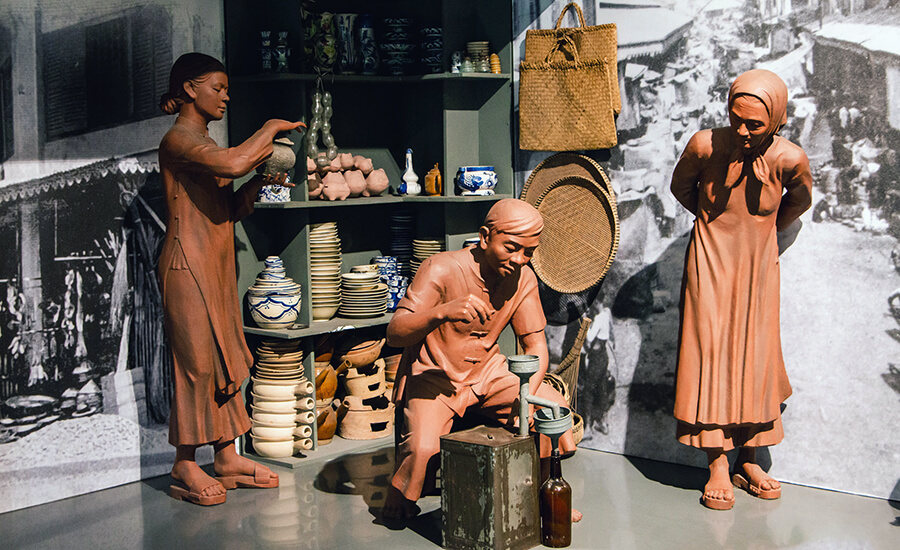
It provides a comprehensive overview of the role of Saigon economic center in the South in particular and the country in general, through: Saigon port system, Ben Thanh market and ancient markets, measurement artifacts from the past to present, transportation system (bus station, train station, airport…).
Geography – Administration of Saigon – HCMC
Visitors visiting this place will be briefly introduced to the formation and development process of Saigon – Ho Chi Minh City since 1698, when Lord Nguyen sent Nguyen Huu Canh to establish administration. The extremely valuable artifact currently on display here is the Bronze Seal of Left Army Le Van Duyet.
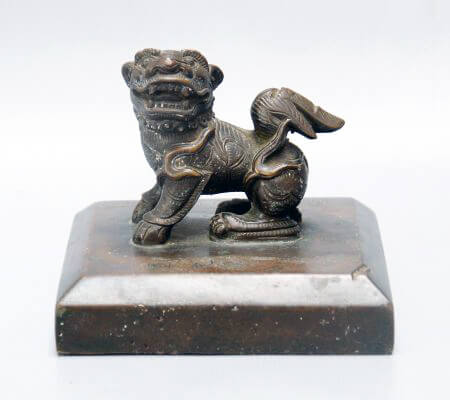
Besides, the gallery also introduces the previous names of Saigon – Ho Chi Minh City and some documentary images from hundreds of years ago, introducing the appearance of an urban area with architectural works associated with historical, cultural, artistic values…
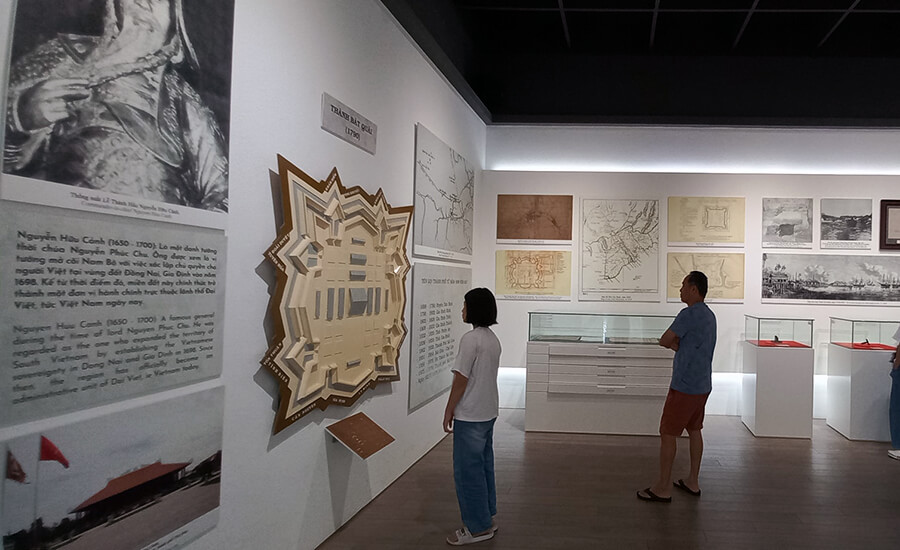
Over time, until today these works are still preserved, creating their own beauty, marking the formation and development of the city that in the early twentieth century which dubbed the “Pearl of the Far East”.
Resistance memorabilia
Museum of Ho Chi Minh City has adjusted the content and display format for this room. Currently there are a total of 250 artifacts all of which are relics of revolutionary soldiers in the two resistance wars against the French (1930 – 1954) and the resistance war against the US (1954 – 1975), reminiscent of a period of heroic time with so many hardships and losses for independence, sovereignty and territorial integrity of Vietnam.
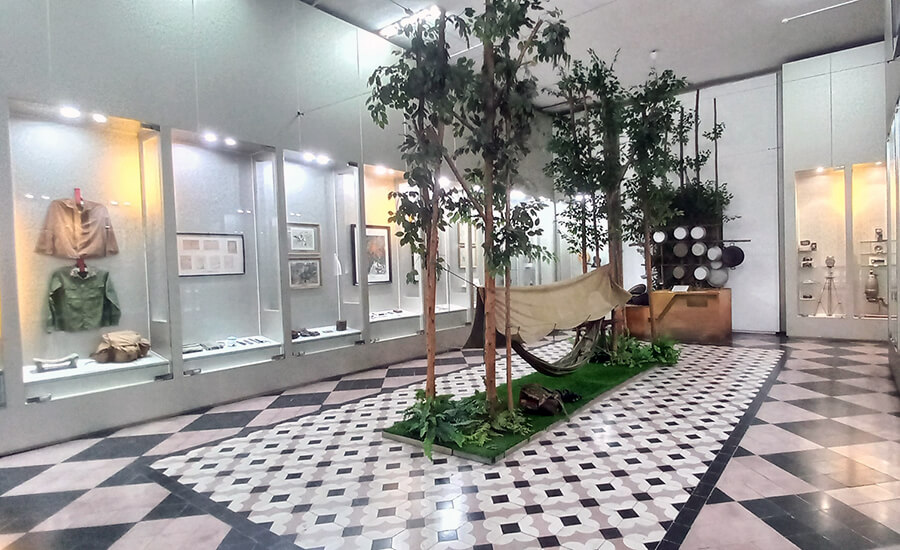
These artifacts include: hand stick of President Ton Duc Thang; relics of the unknown soldier, collection of artifacts of General Van Tien Dung; resistance badges; personal equipment of soldiers; cameras and camcorders of war correspondents; prison souvenirs of revolutionary soldiers, Hoang Cam stove model, …
Culture of Saigon – Ho Chi Minh City
The gallery introduces some customs, beliefs, educational culture, and typical art subjects of Saigon – Ho Chi Minh City. Introducing preserved traditional cultural features and unique characteristics in the new land of the South, artifacts, images, and displays of wedding customs: collection of jewelry of all kinds: gold , silver, copper; collection of Vietnamese wedding costumes; excerpts of marriage laws; engagement and wedding ritual conventions of Vietnamese, Chinese, Cham, and Khmer people….
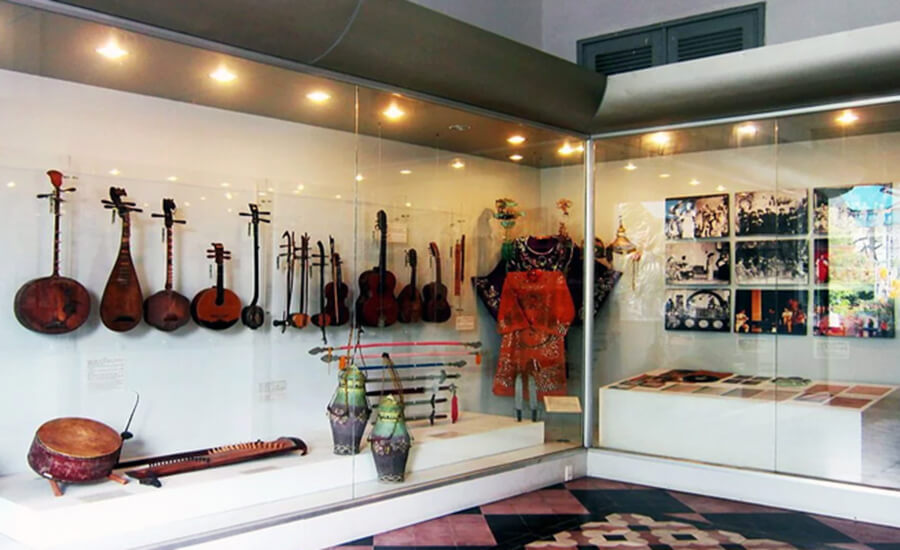
Besides the wedding custom, the custom of chewing betel and inviting betel; polytheism; traditional music and dance arts; and the tradition of studiousness and respect for teachers…all are expressed through the artifacts, images stored here.
Vietnamese Money
When the commodity economy developed, currency was born, becoming an intermediary in trade, playing an important role in human society.
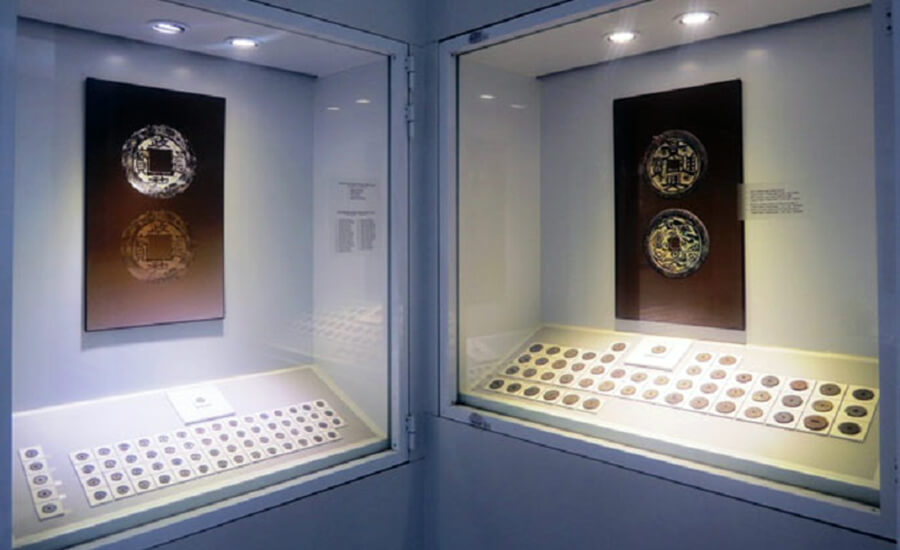
In Vietnam, money was minted during the period of formation and development of the independent feudal state of Vietnam in the 10th century. Each dynasty circulated money bearing the era name of that dynasty.
Revolutionary struggle period 1930 – 1954
This gallery of the Ho Chi Minh City Museum is room number 5 (1st floor), possessing 301 artifacts including images, documents, newspapers, various types of weapons… are precious, have many important historical values.
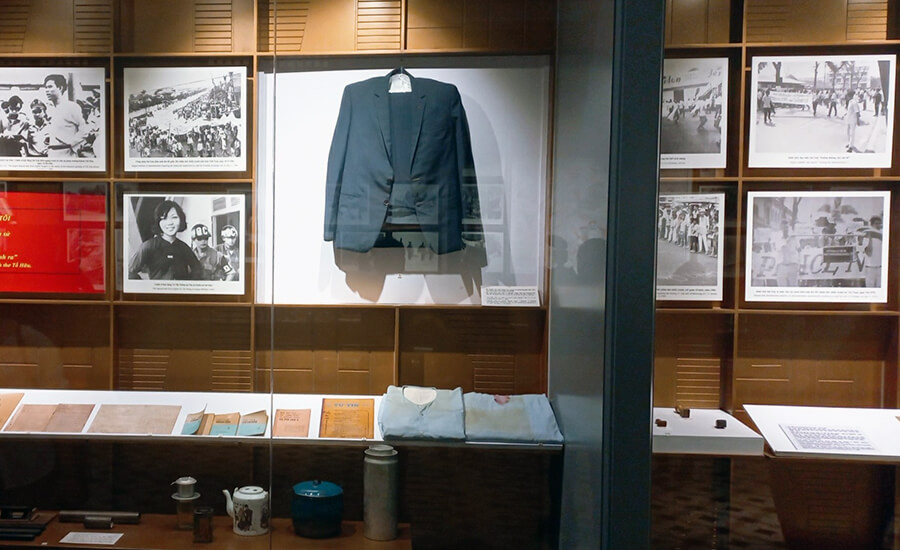
Main contents include: the struggle movement in response to the Nghe Tinh Soviet Union 1930 – 1931, the movement for the right to democracy in 1936 – 1939, the Cochinchina uprising on November 23, 1940, the August Revolution in Saigon , Saigon started the resistance war, the struggle movement in Saigon in the 1950s and the Rung Sac factory factory – Southern region.
Revolutionary struggle period 1954 – 1975
Through many years of collecting and editing tens of thousands of artifacts and images, Ho Chi Minh City Museum has selected 481 artifacts and 26 typical photos to be displayed. in content room number 6 (1st floor).
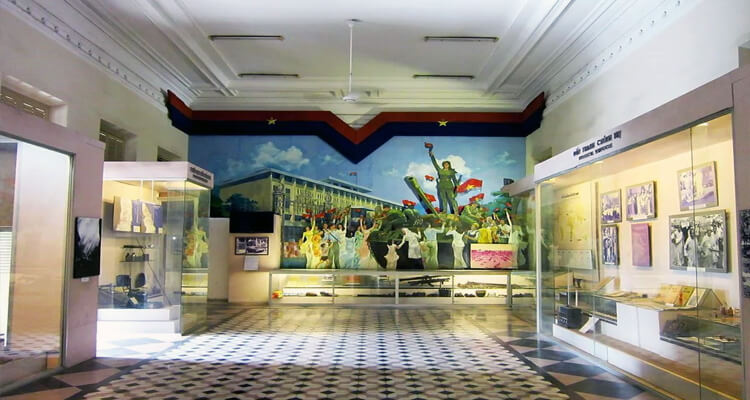
With preserved values, Ho Chi Minh City Museum is not only an urban architectural heritage but also a proud part of the history of the urban Saigon – Ho Chi Minh City.
Useful information
- Location: 65 Lý Tự Trọng Street, Bến Nghé Ward, District 1, Ho Chi Minh city.
- Entrance: 30,000 VND/1 ticket.
- Opening Hours: Daily 07:30 – 17:00
- Other tourist spots nearby: Independence Palace, War Remnants Museum, Bến Thành Market, Notre Dame Cathedral Basilica of Saigon, Ho Chi Minh City Post Office…
Source: collected by An
Follow us for the best deal with Vietnam package tours and visa services!
